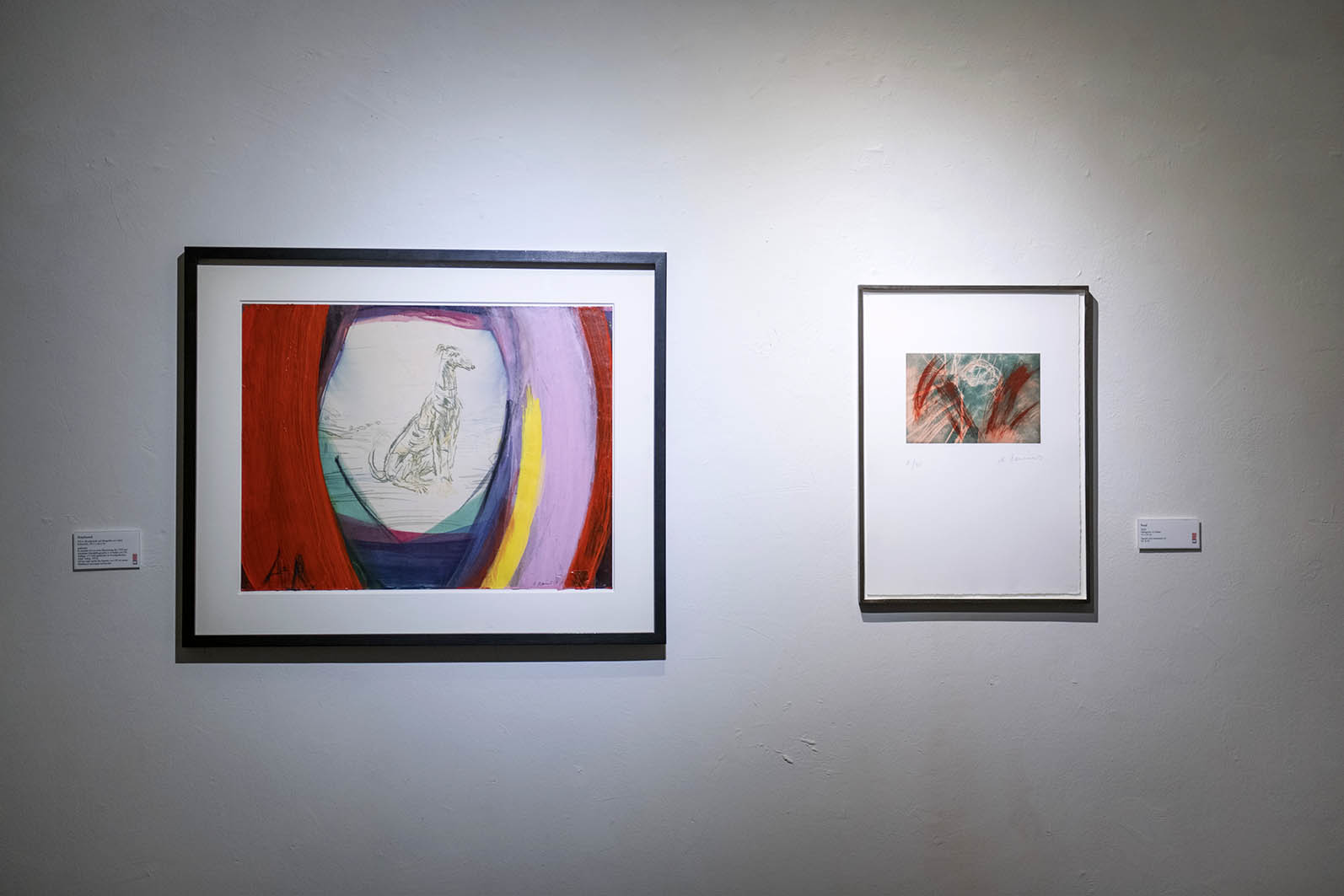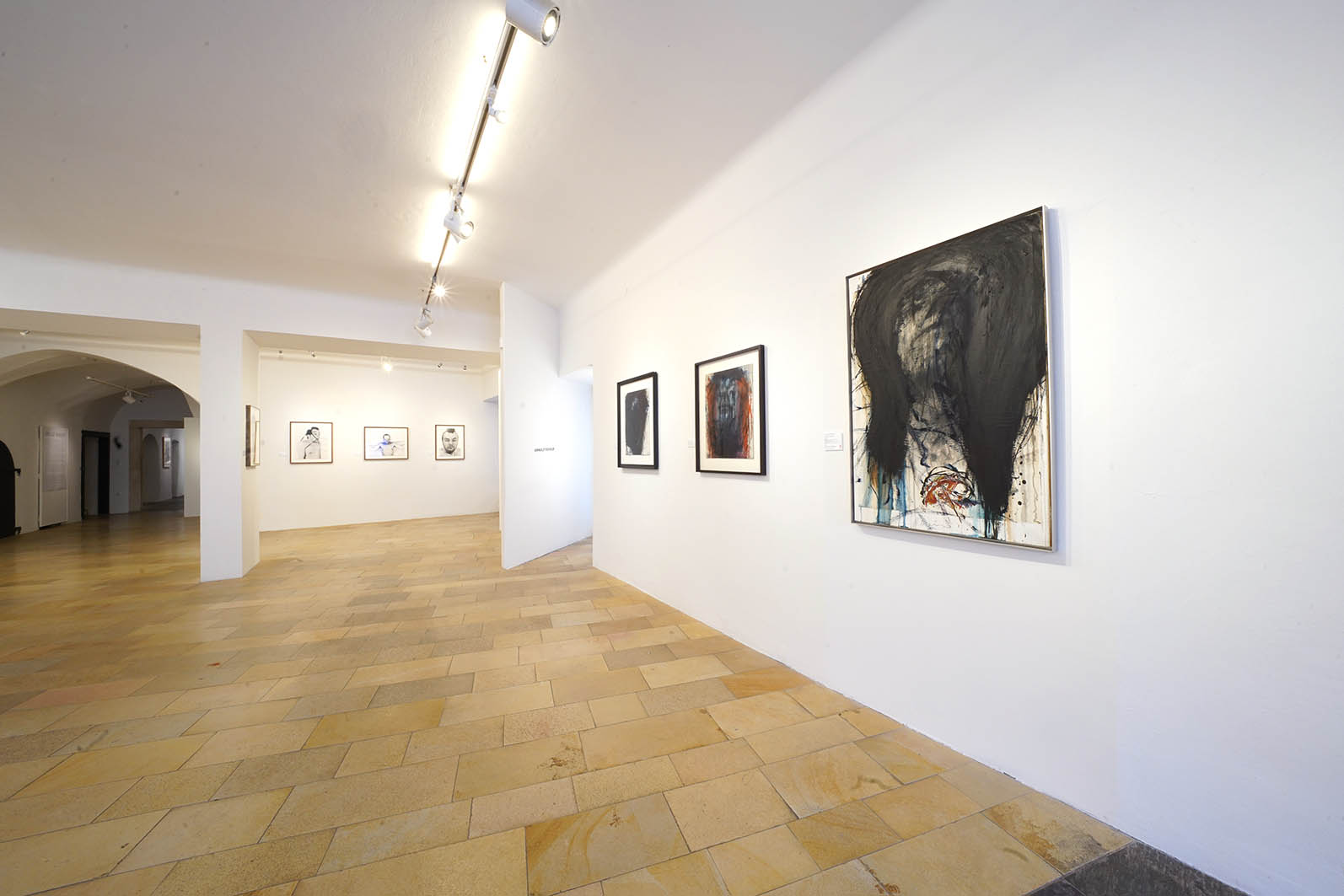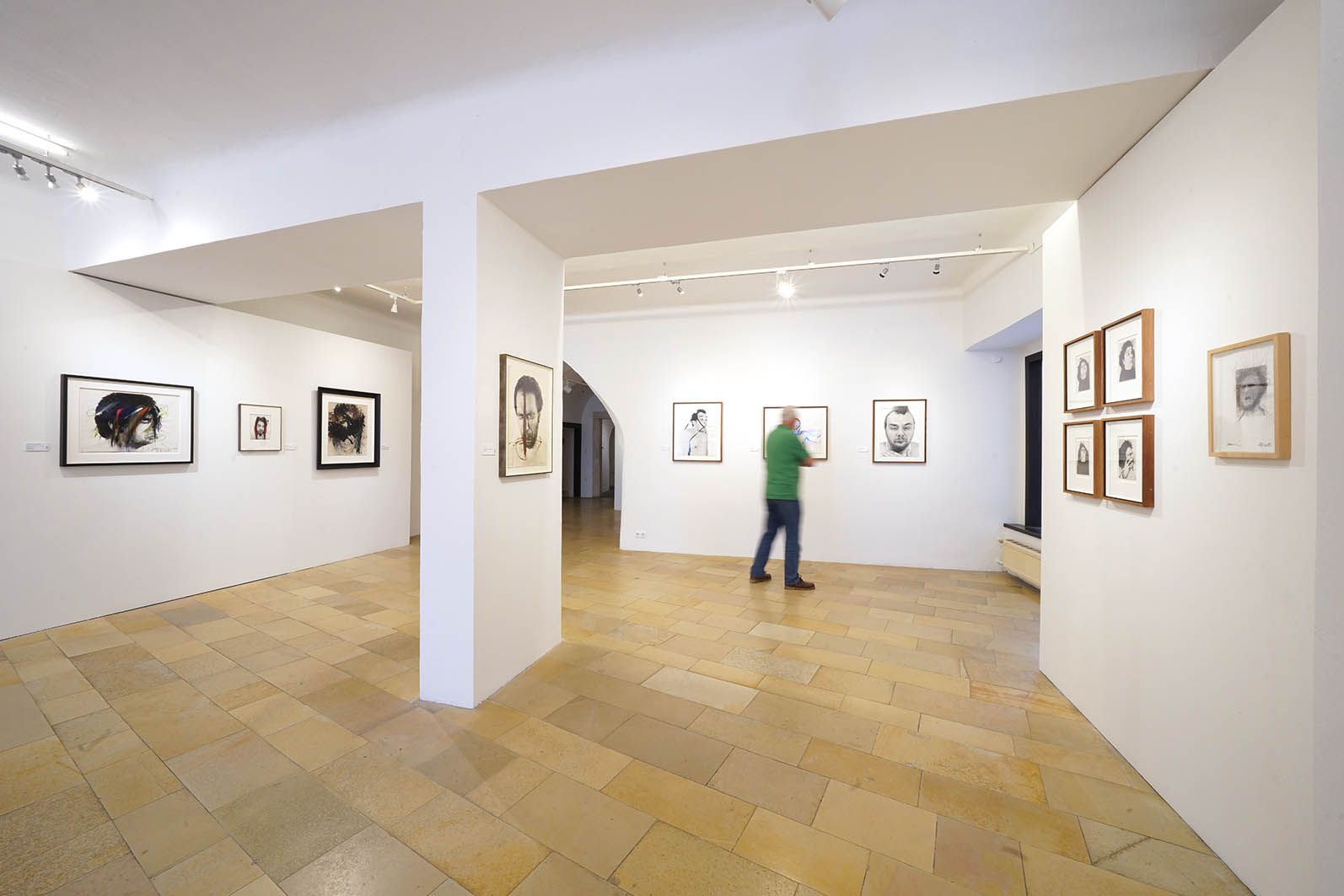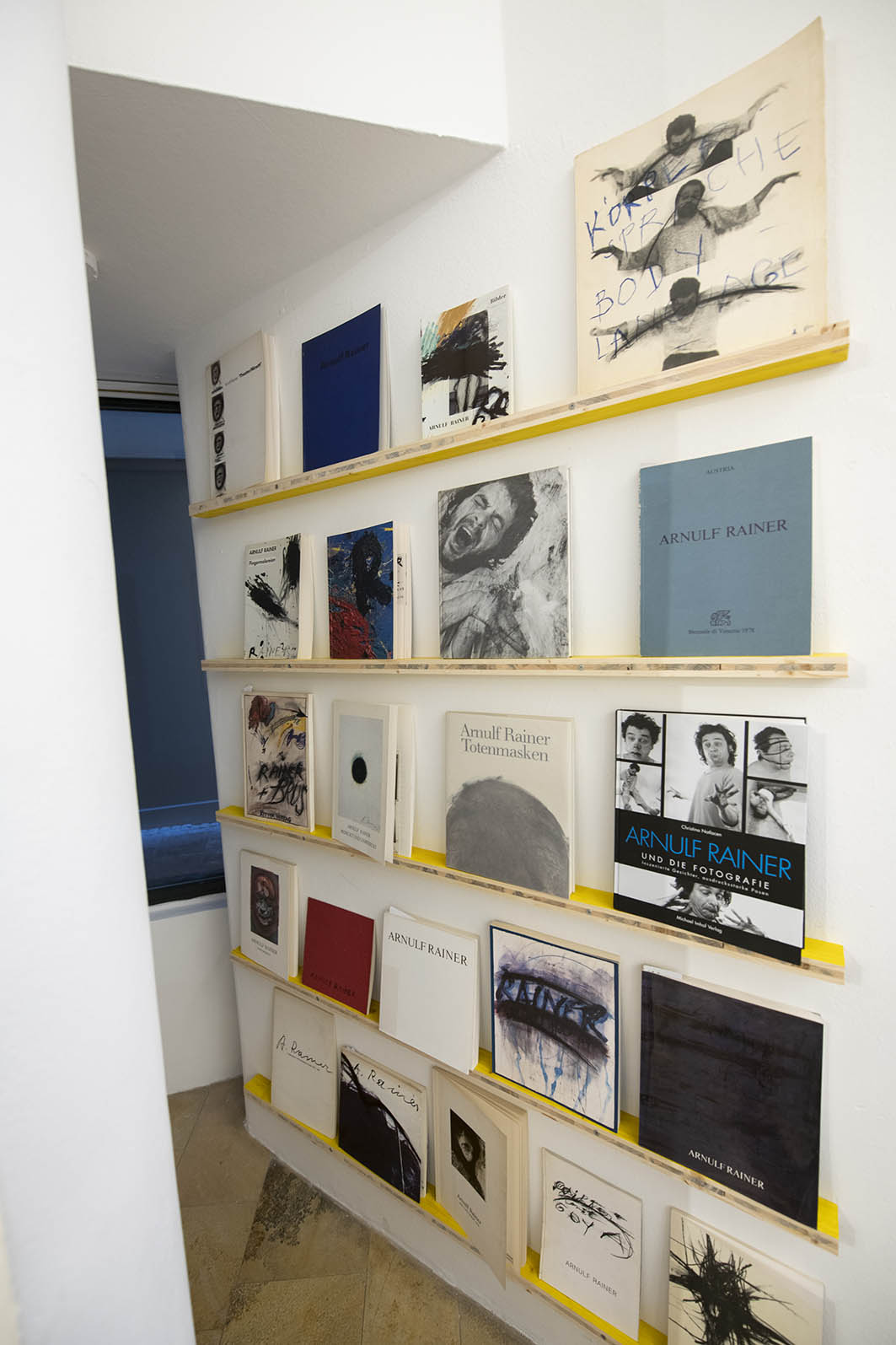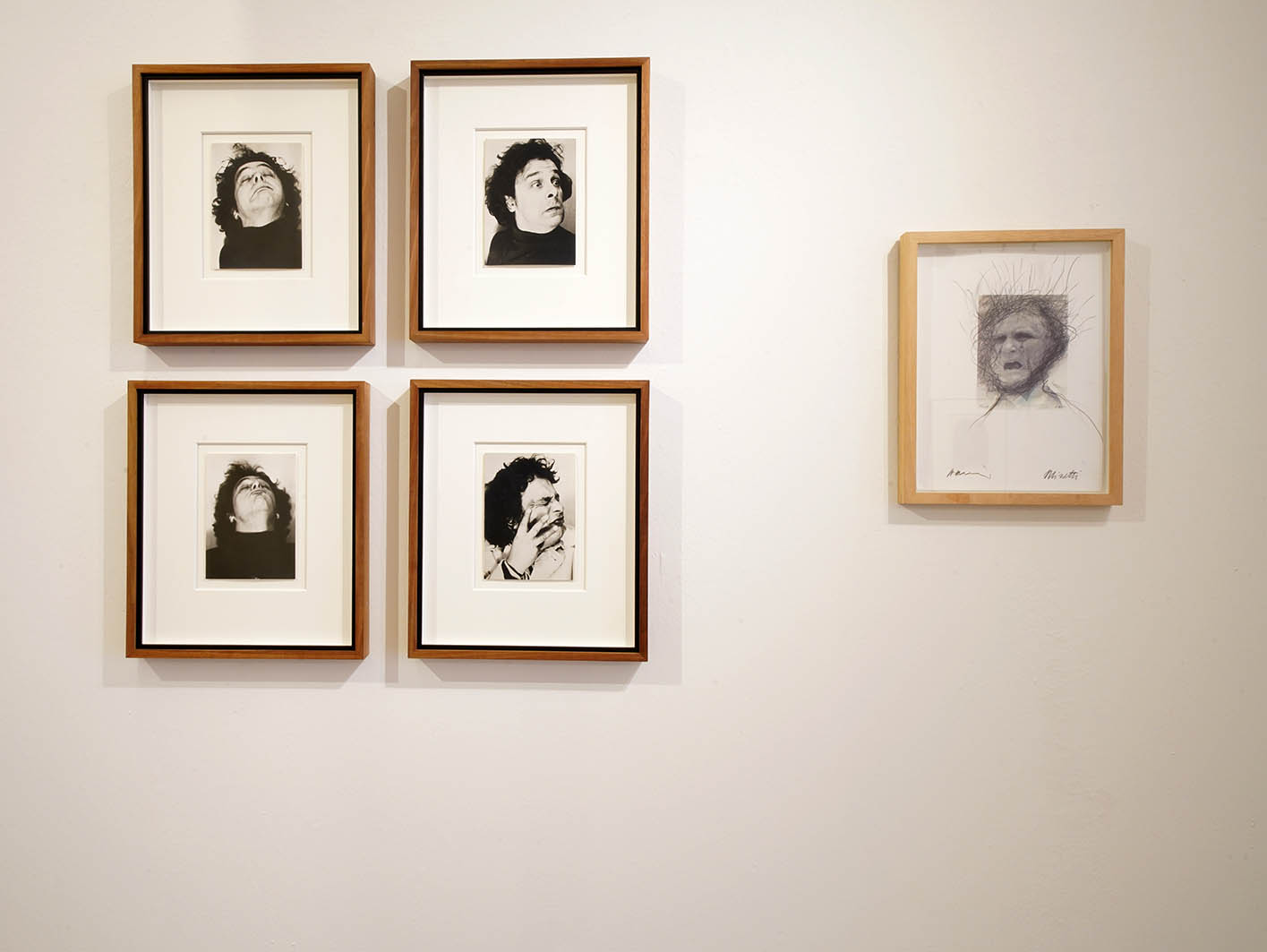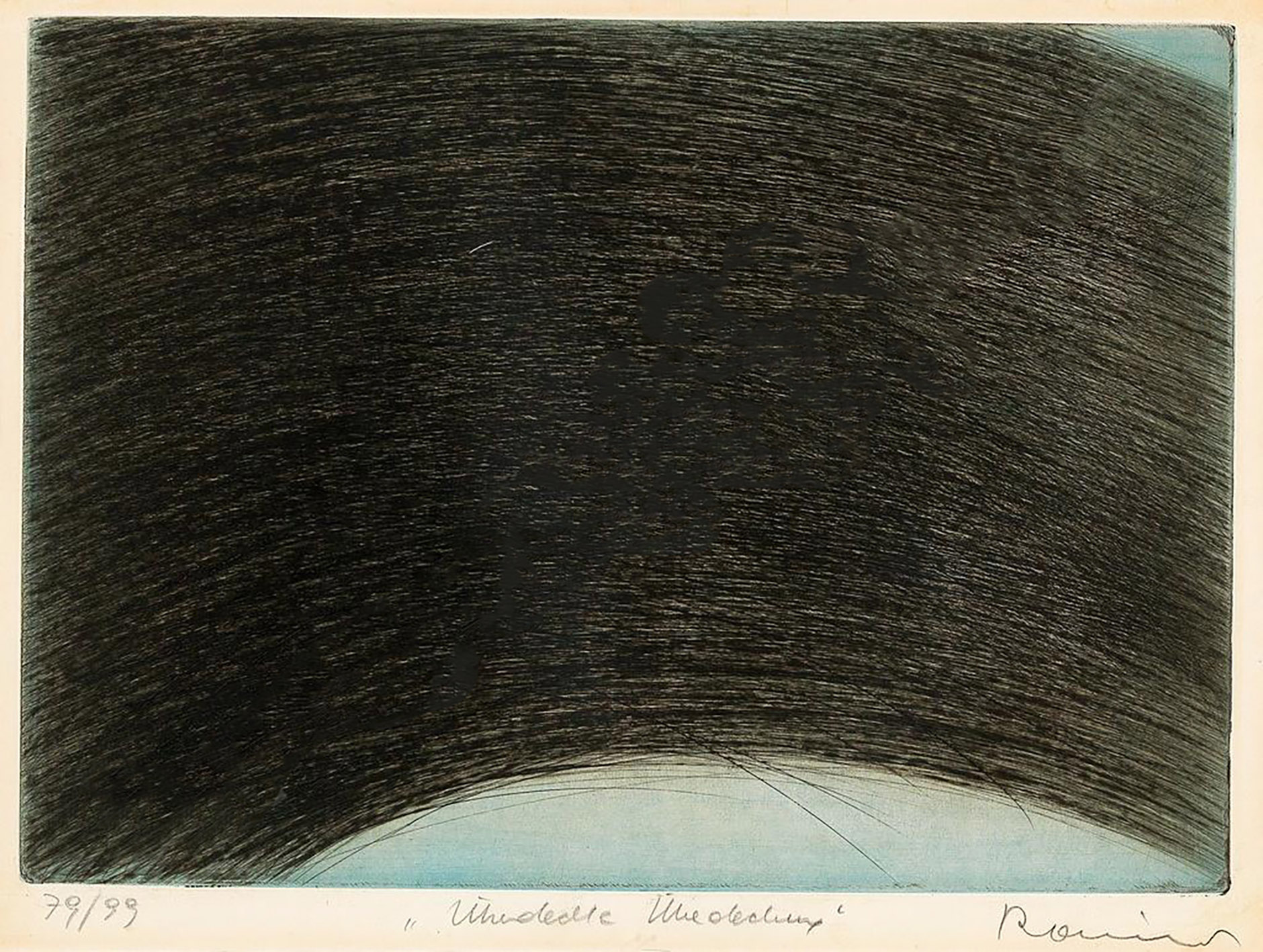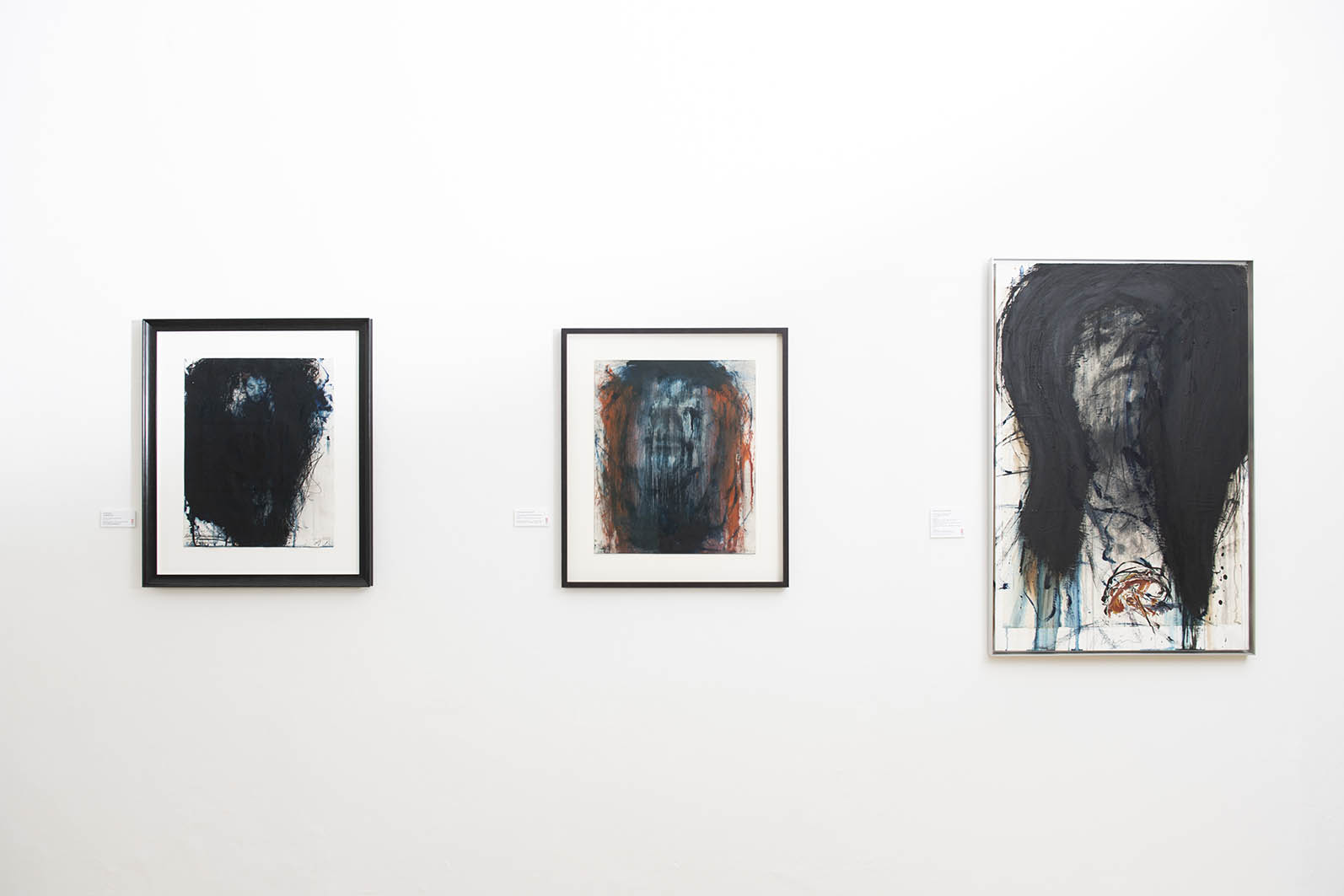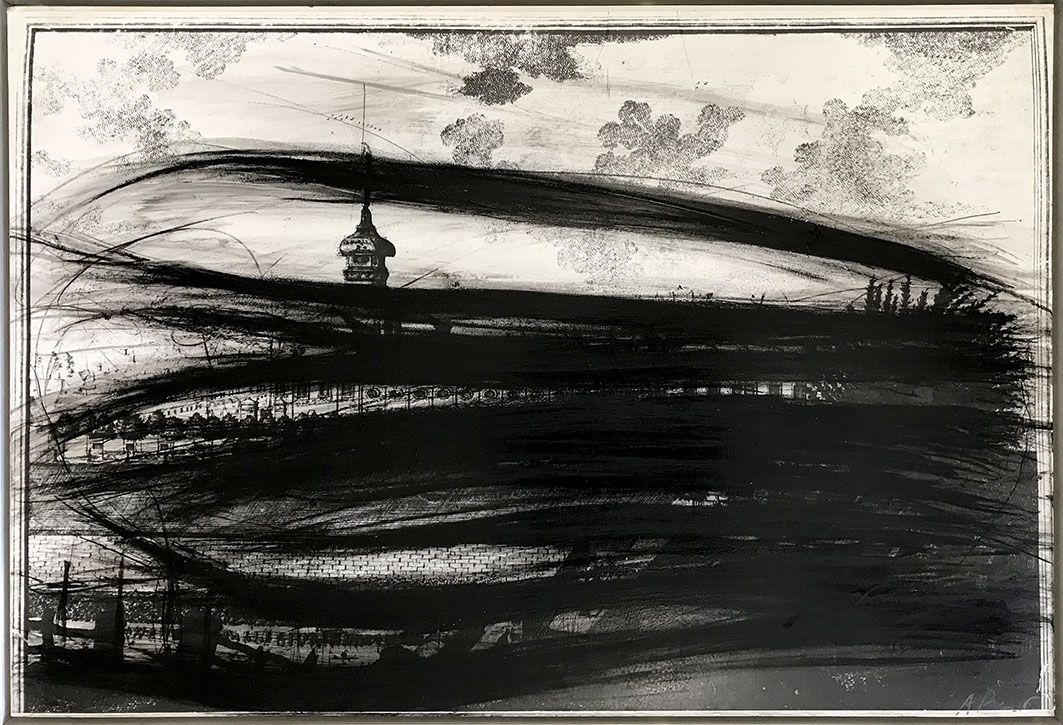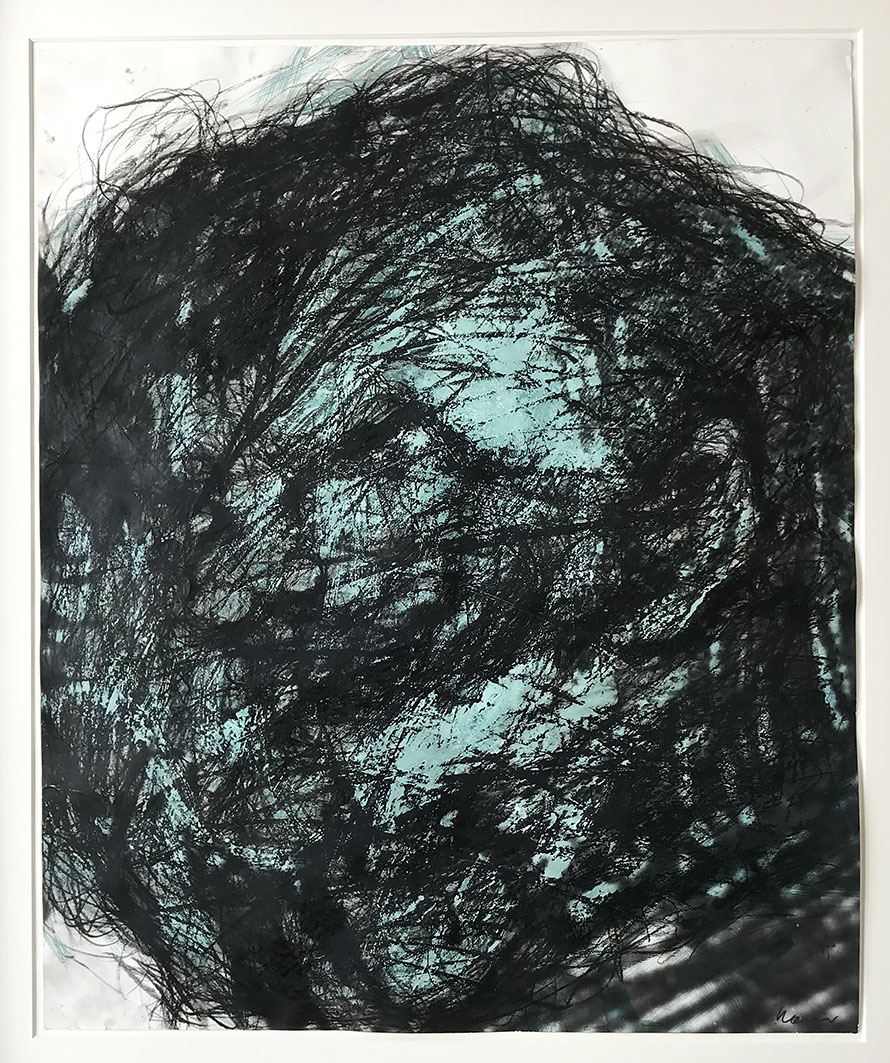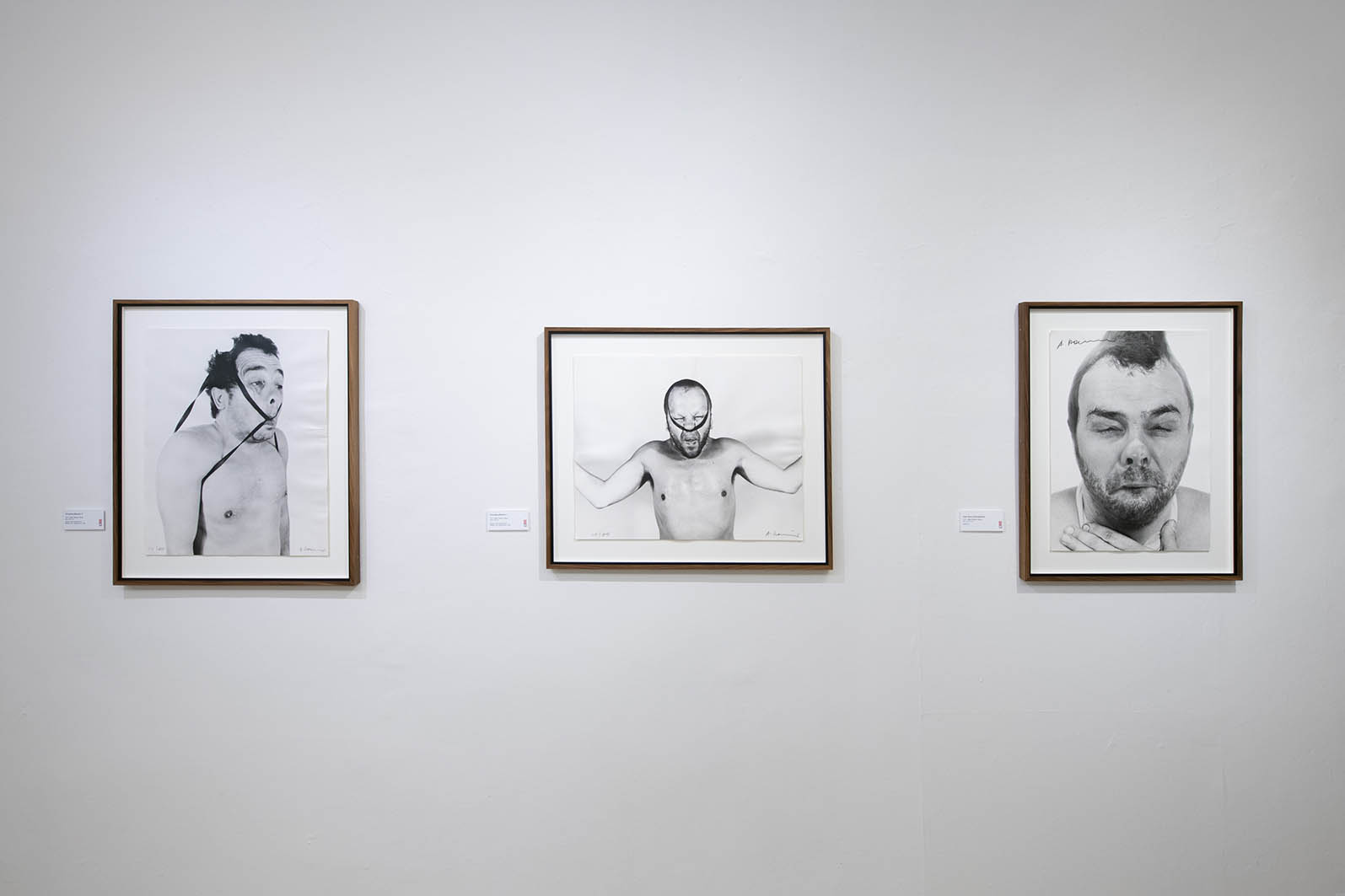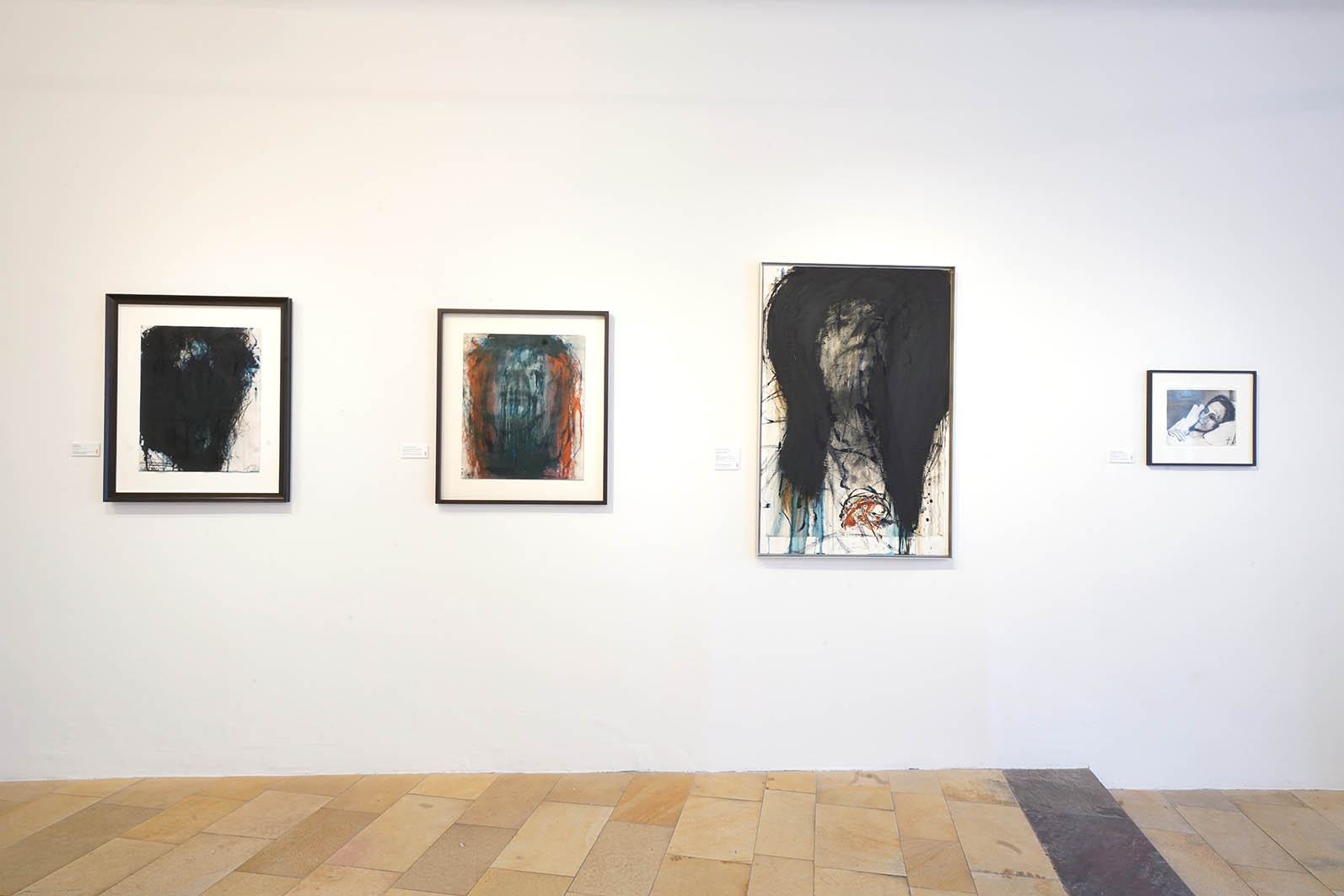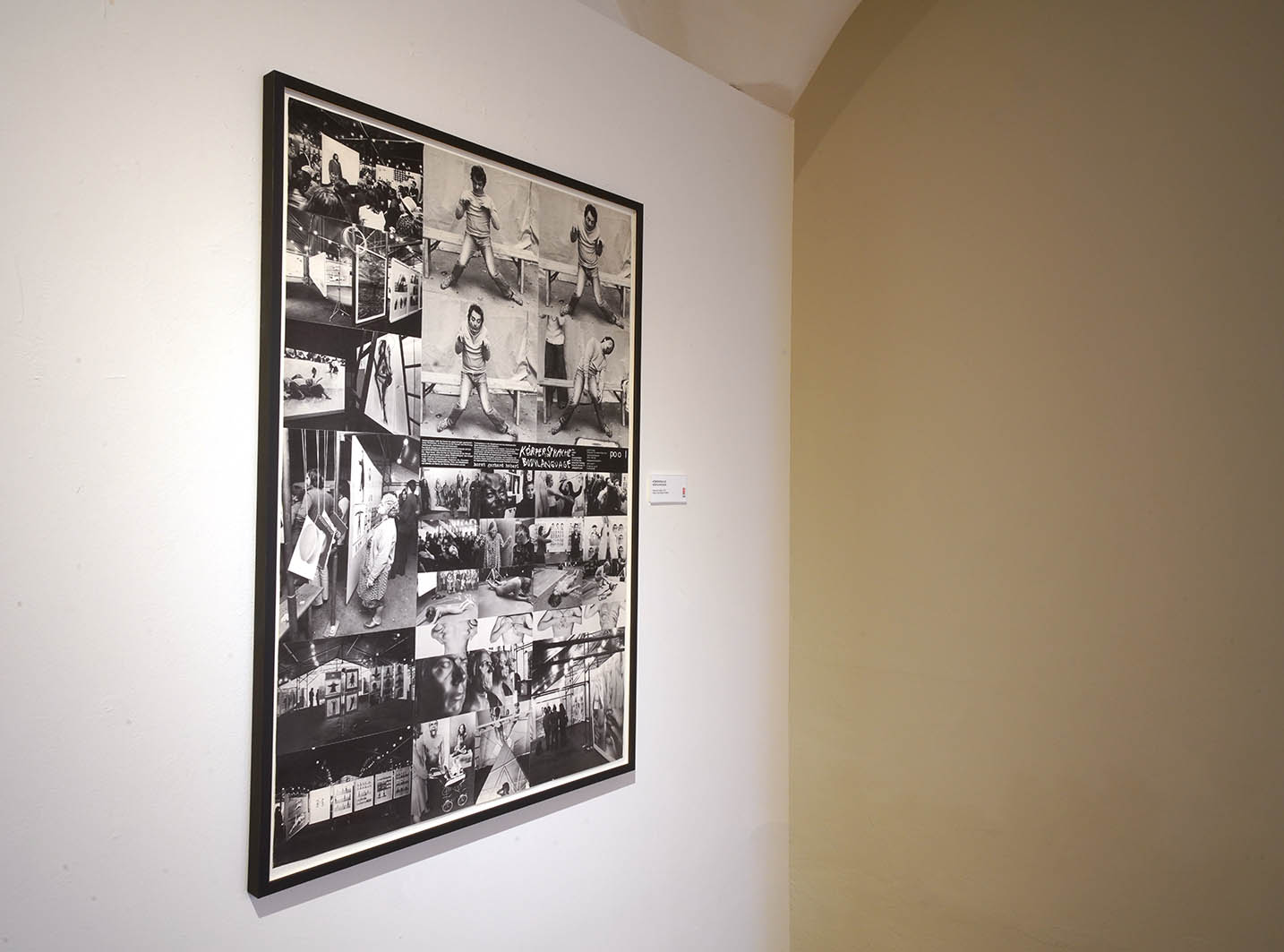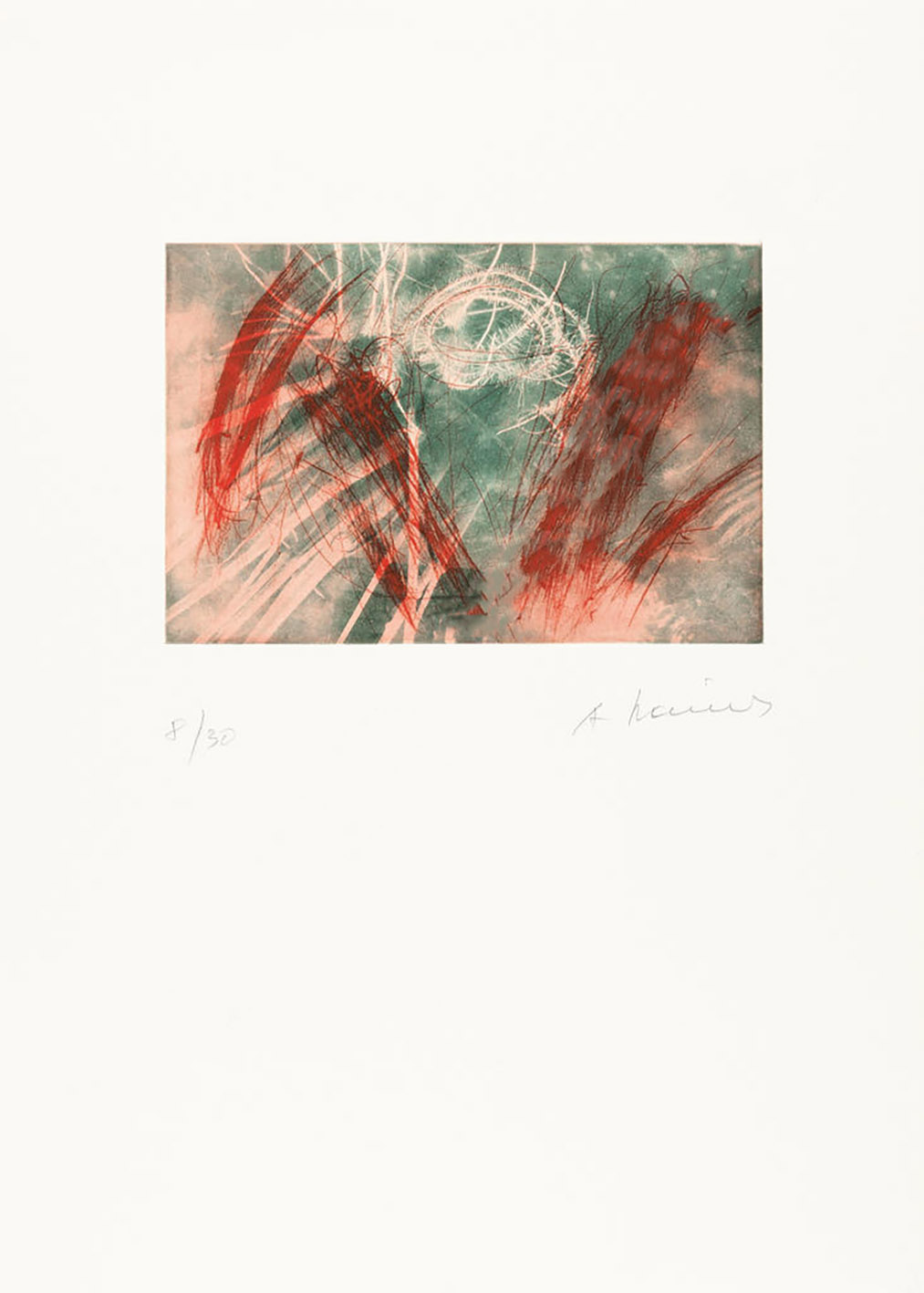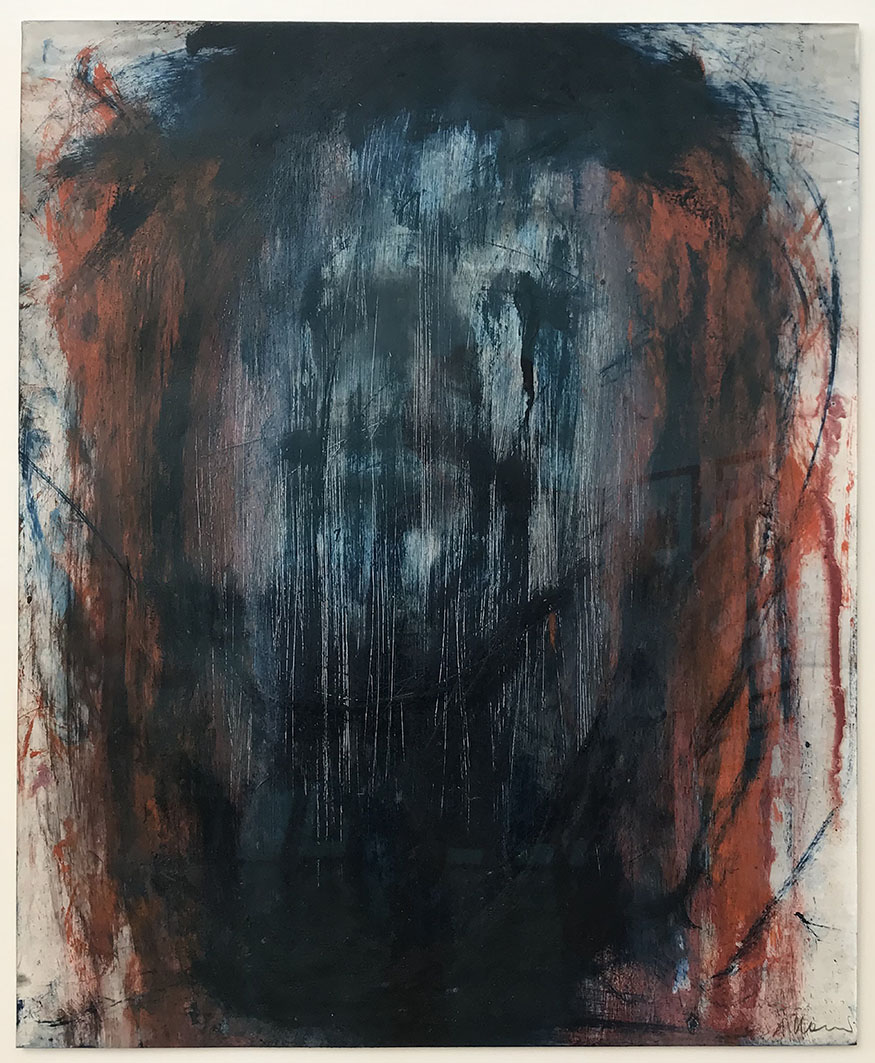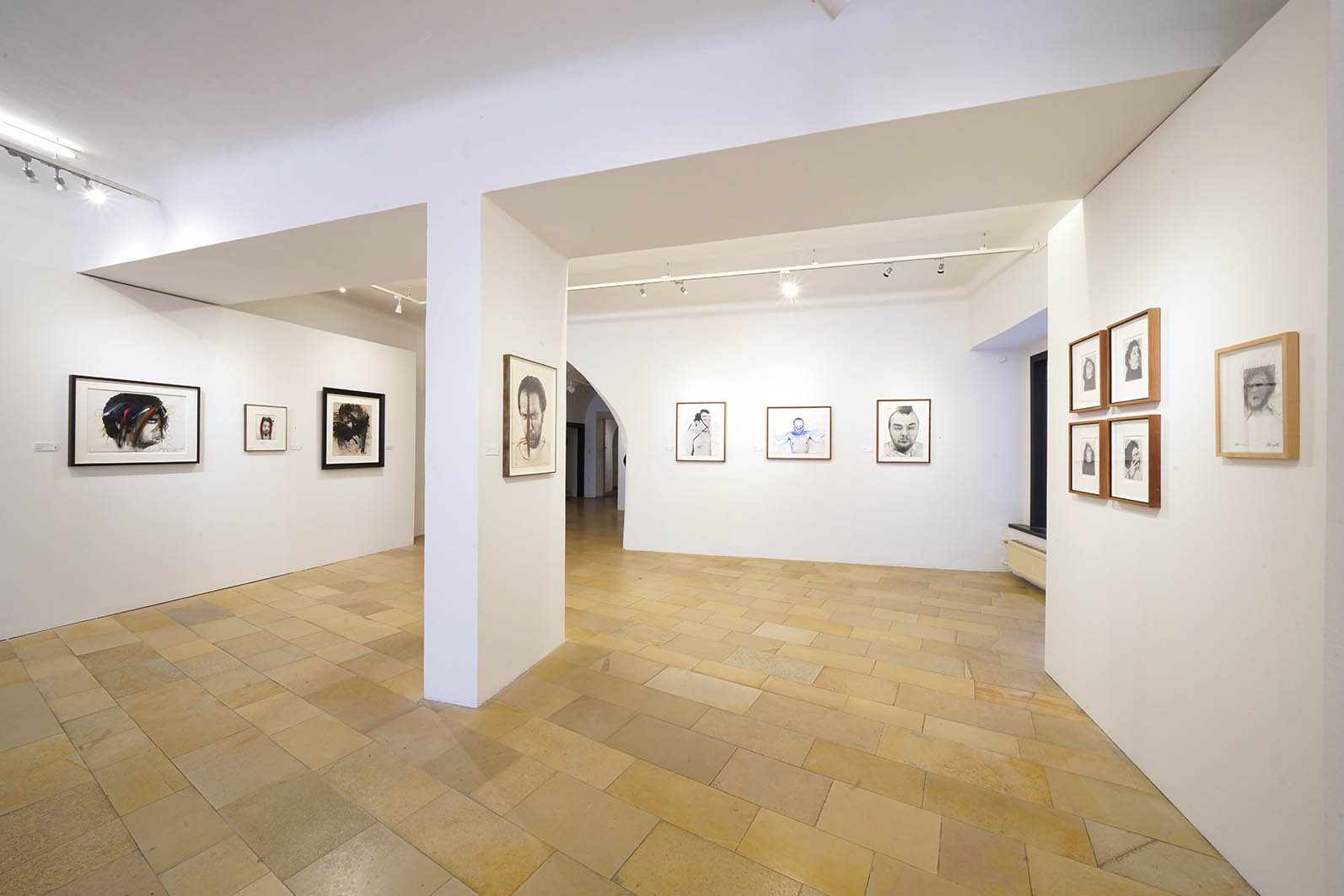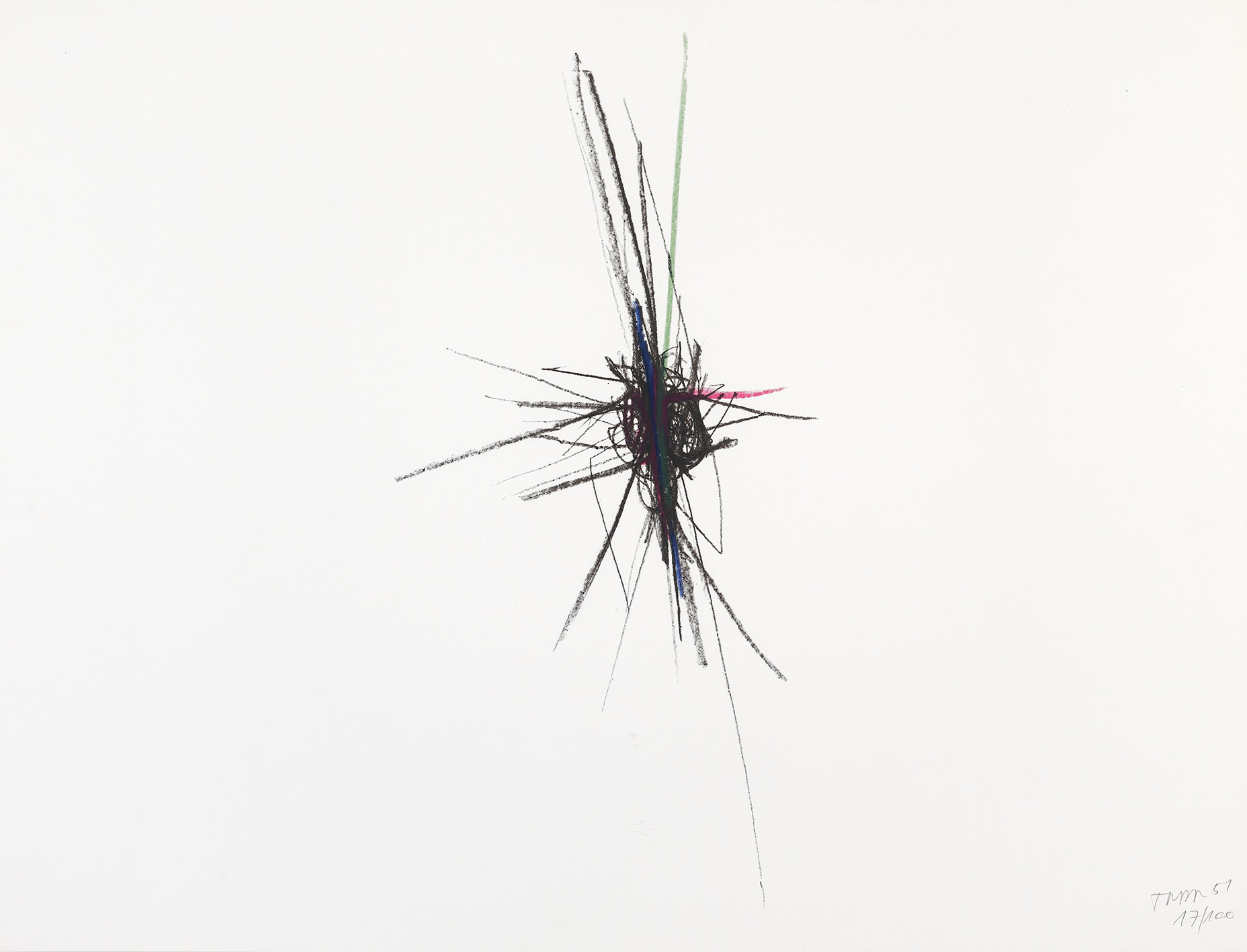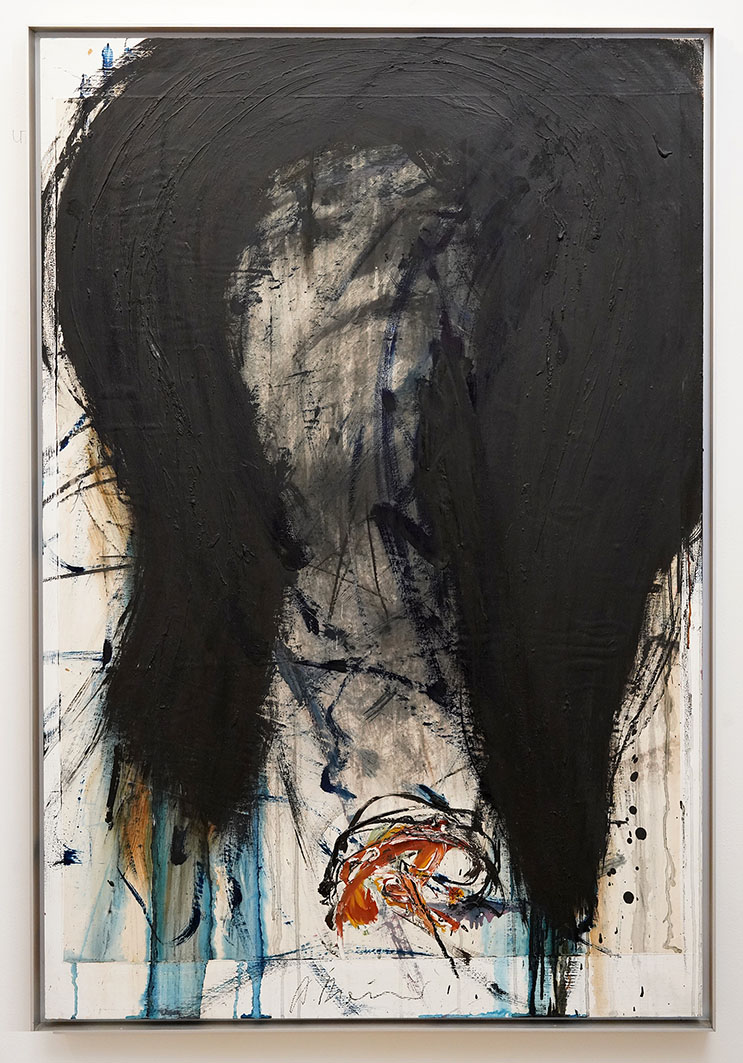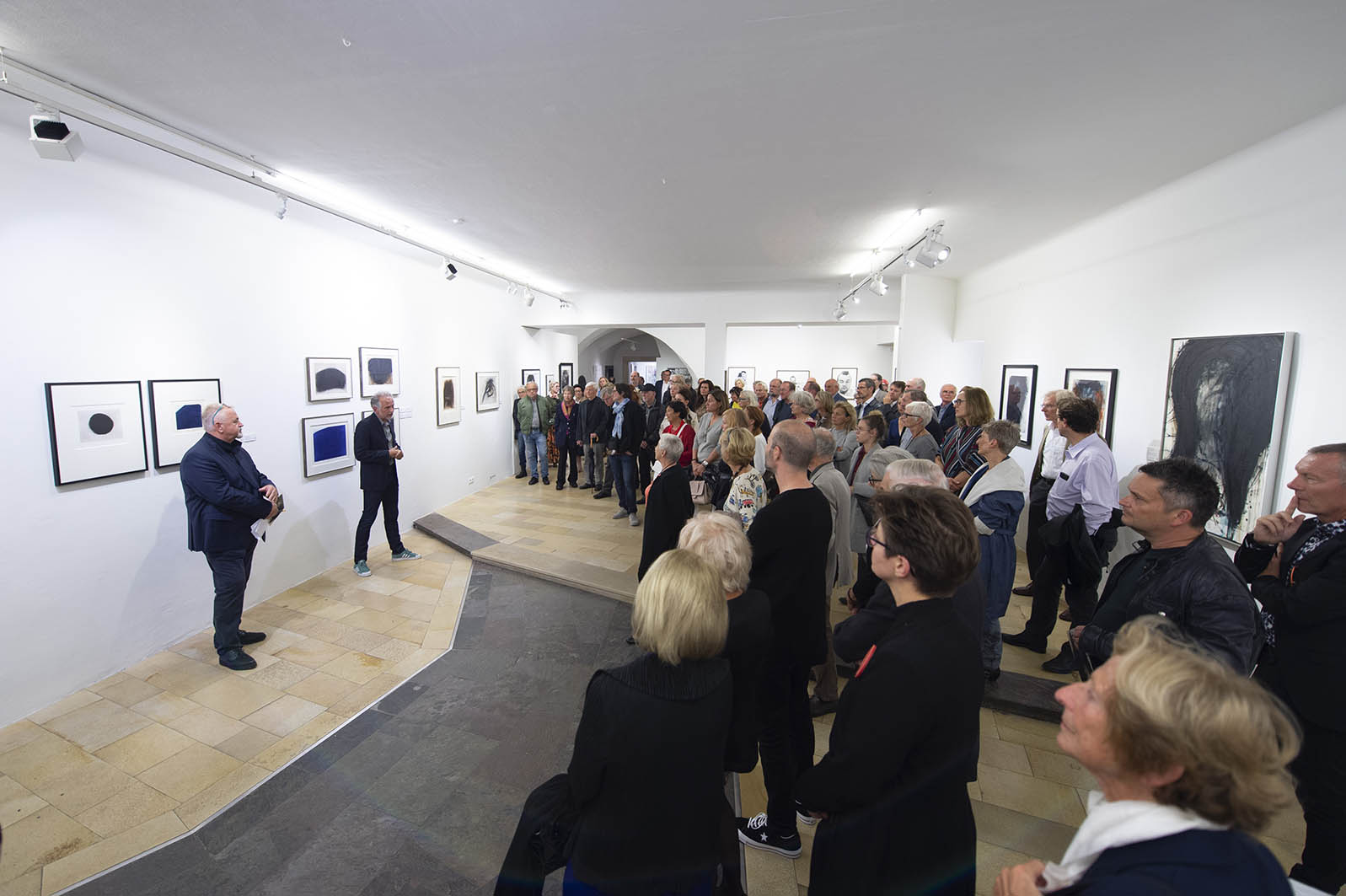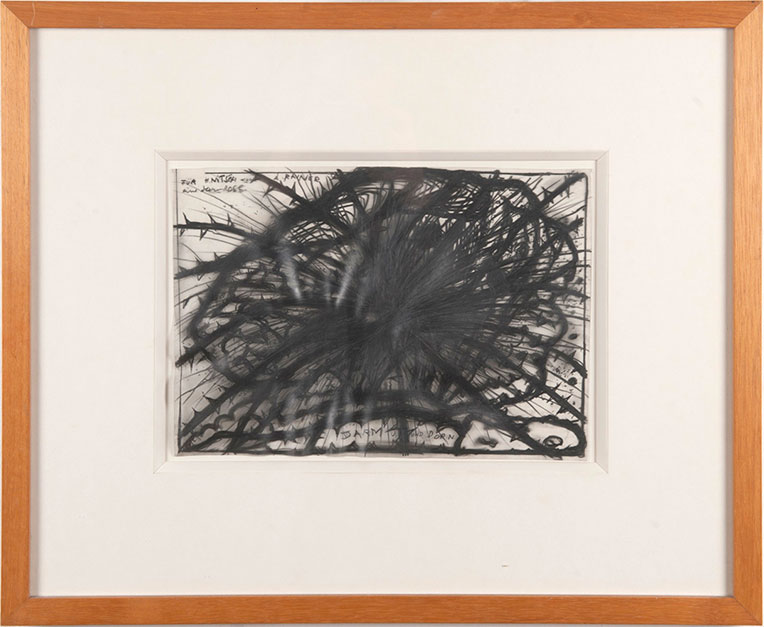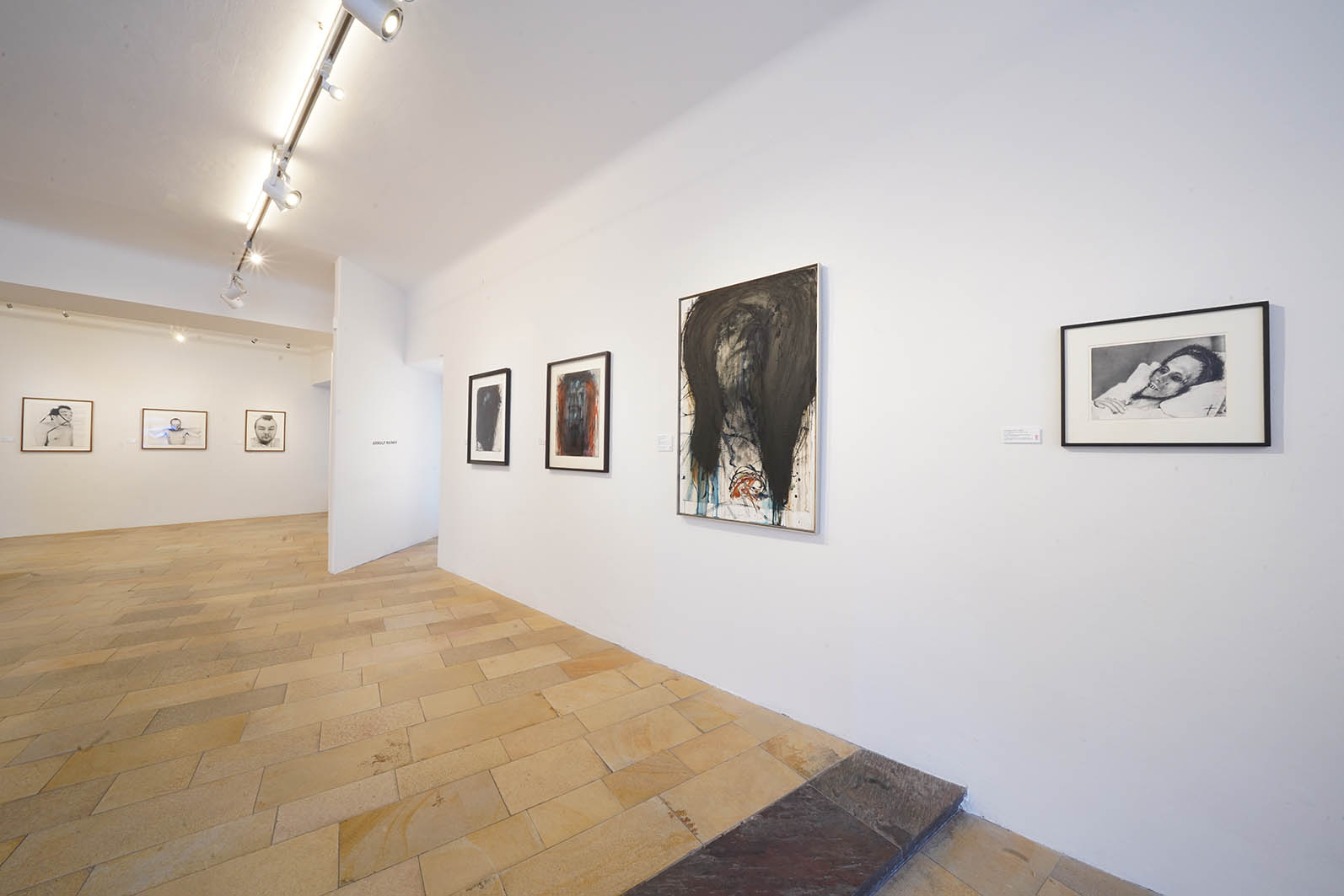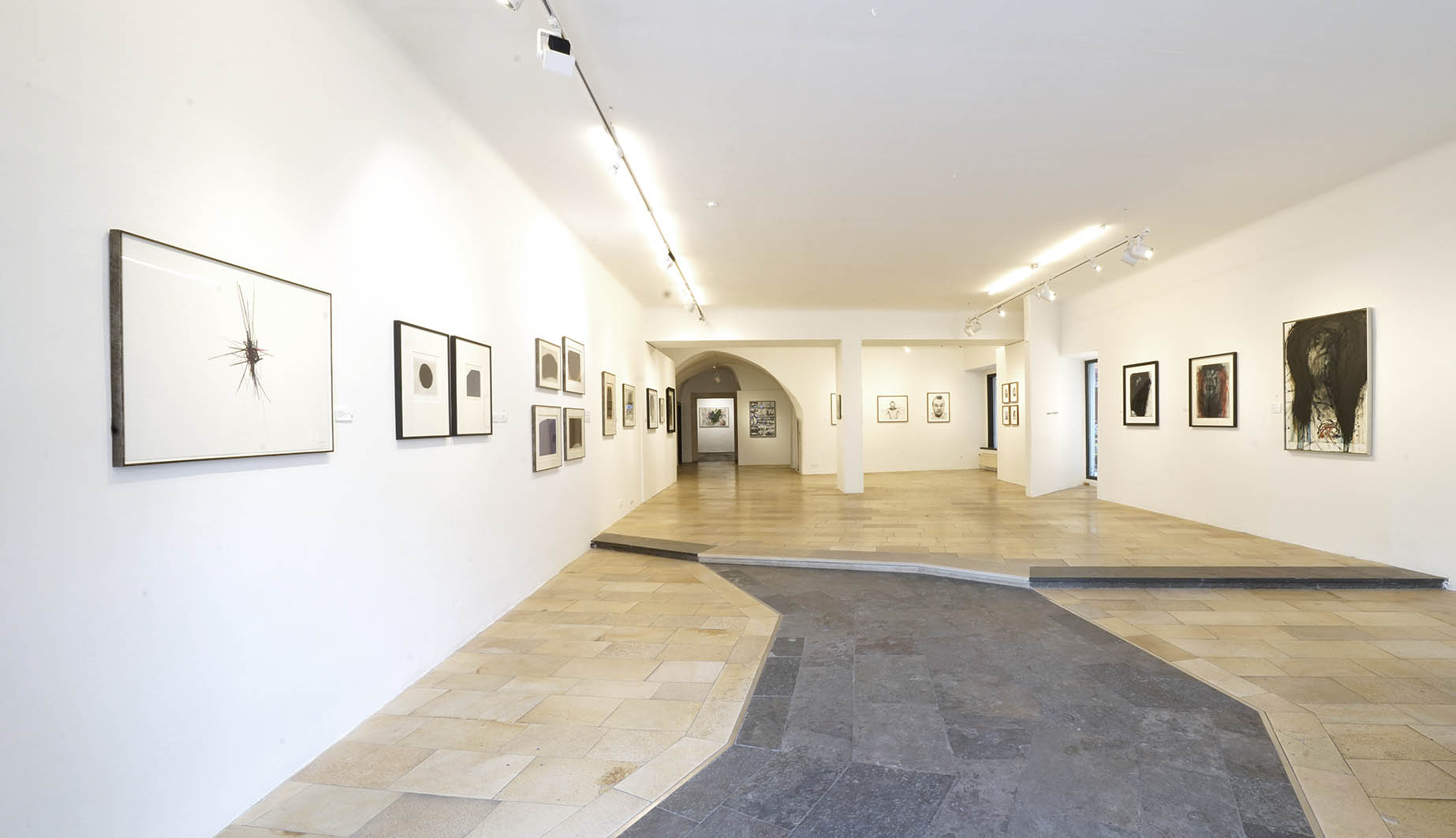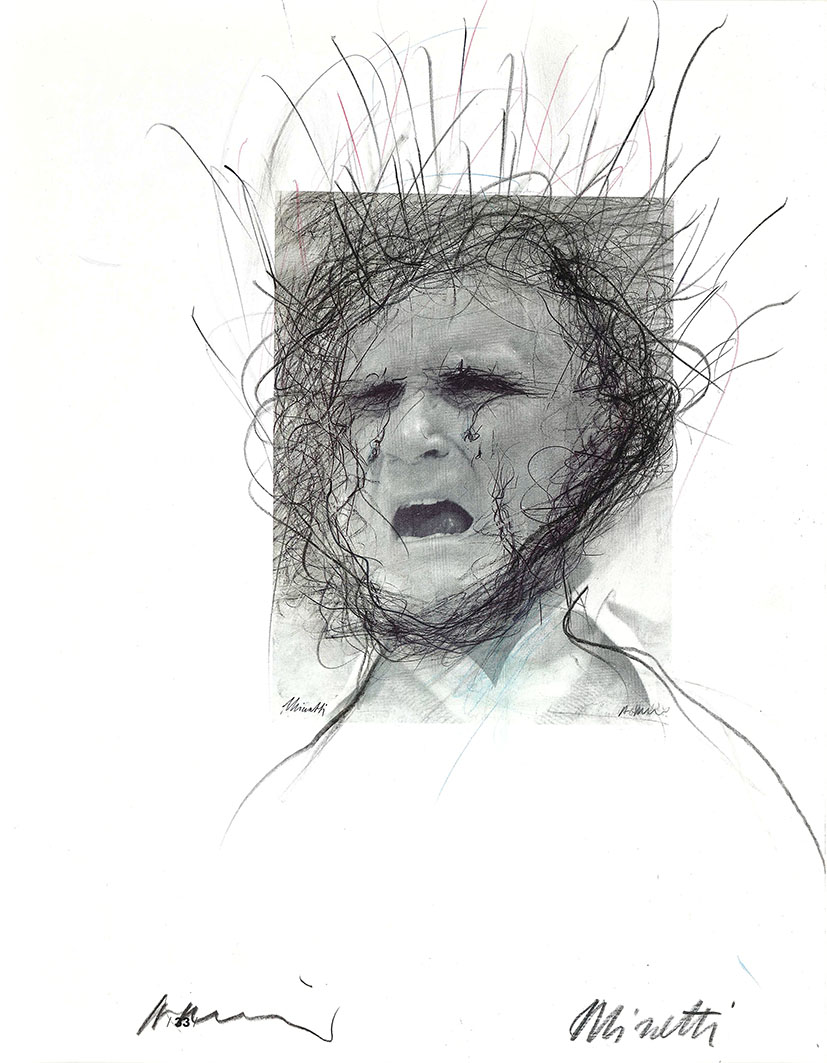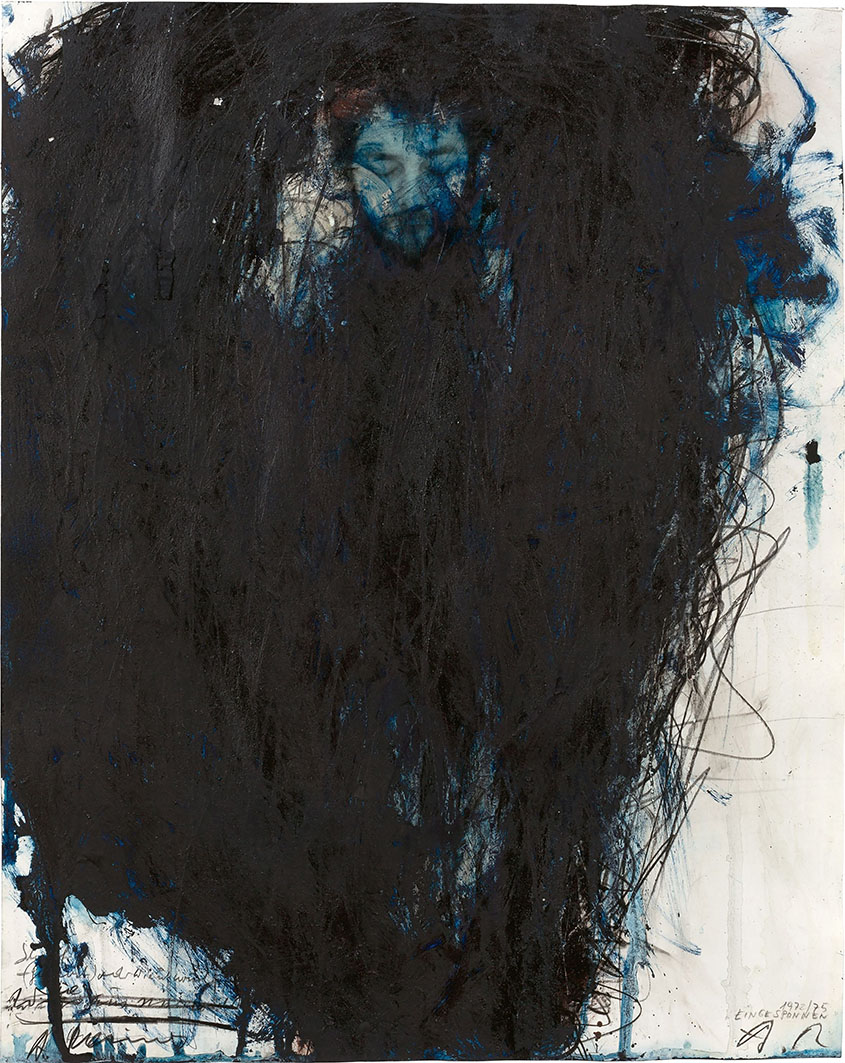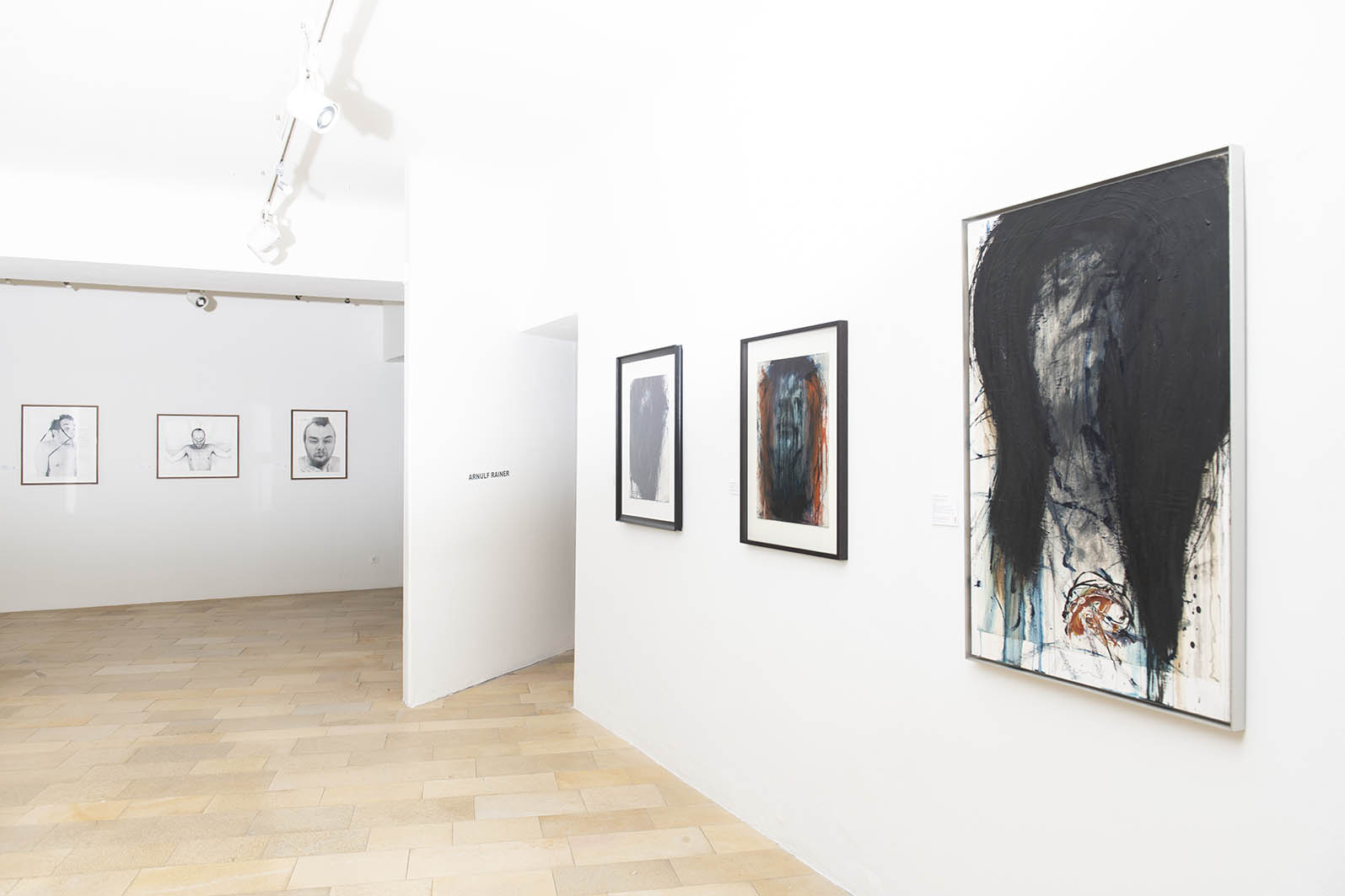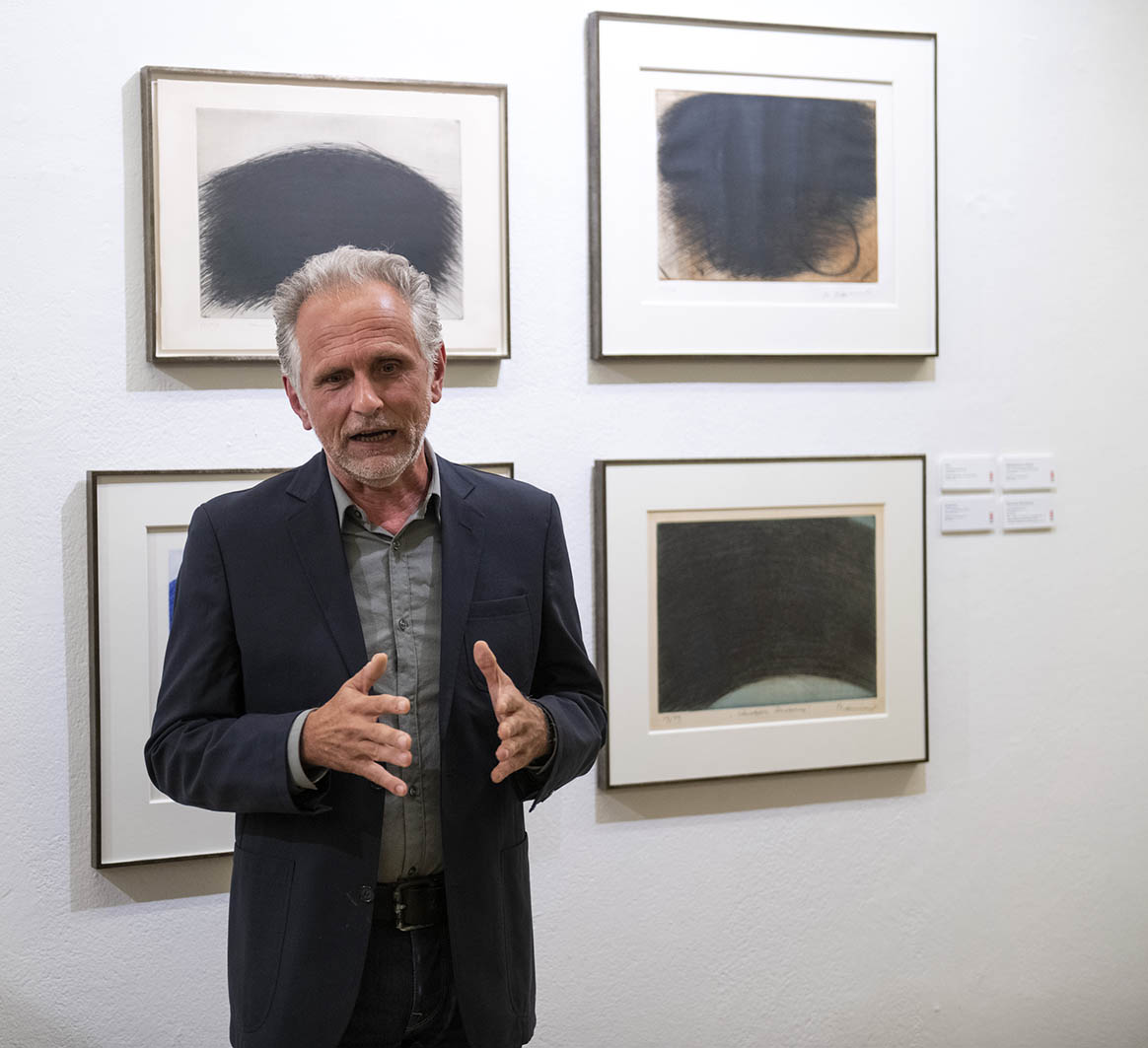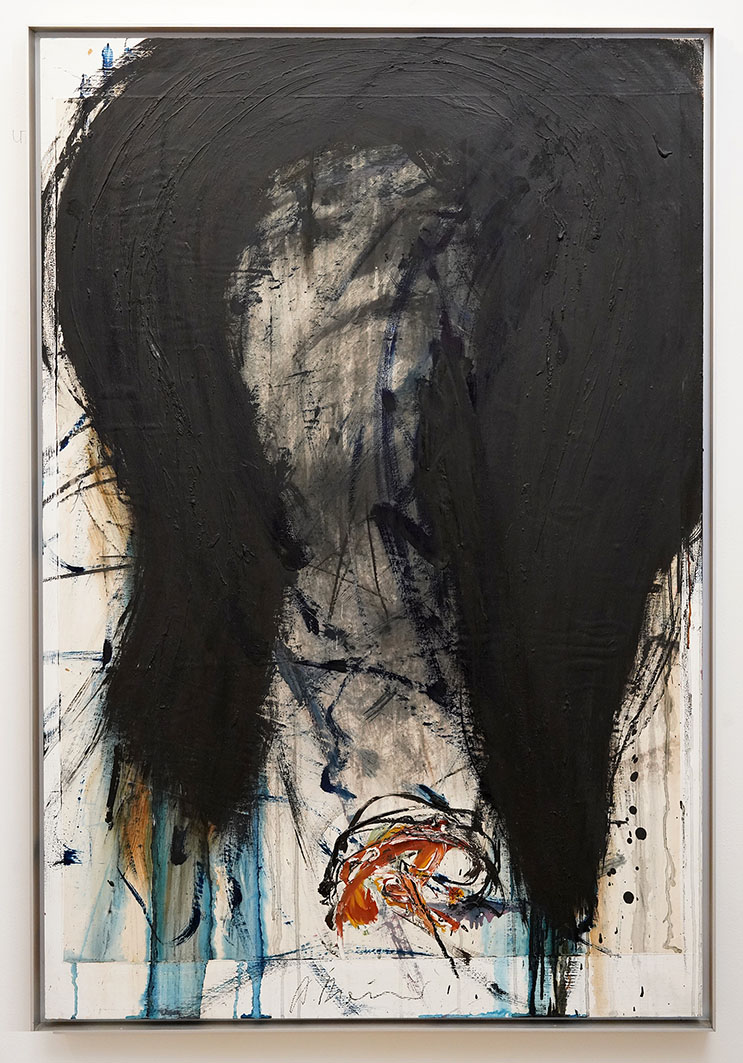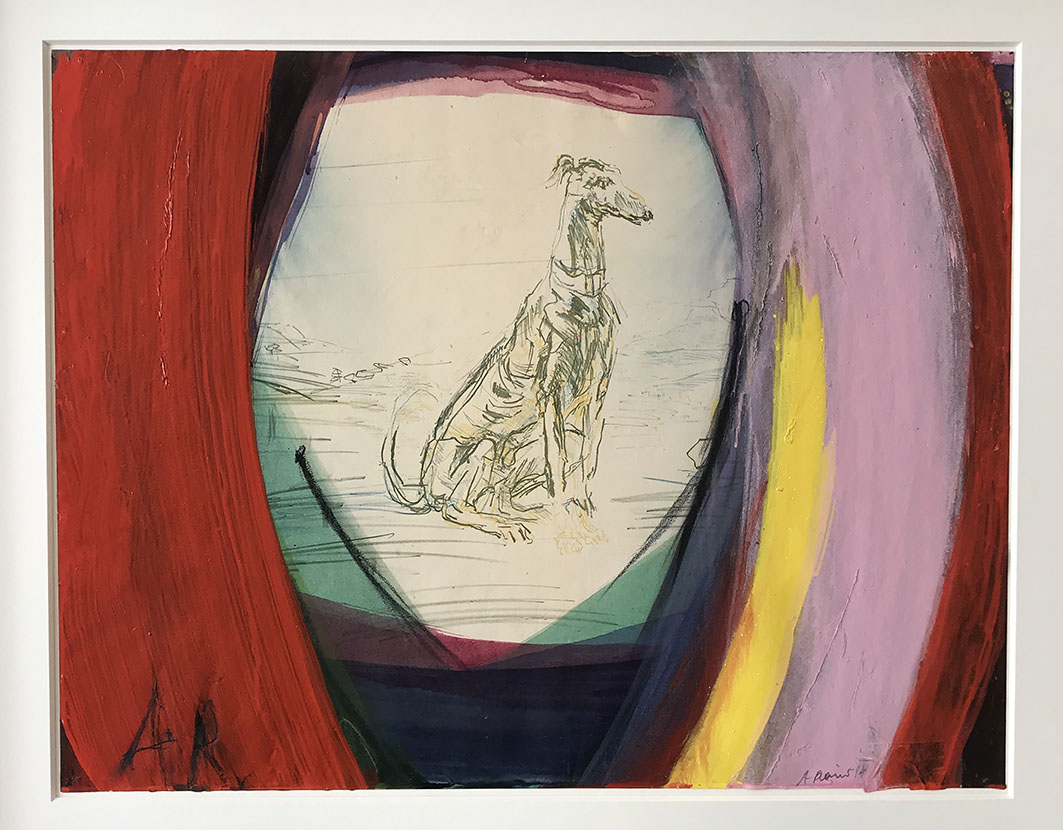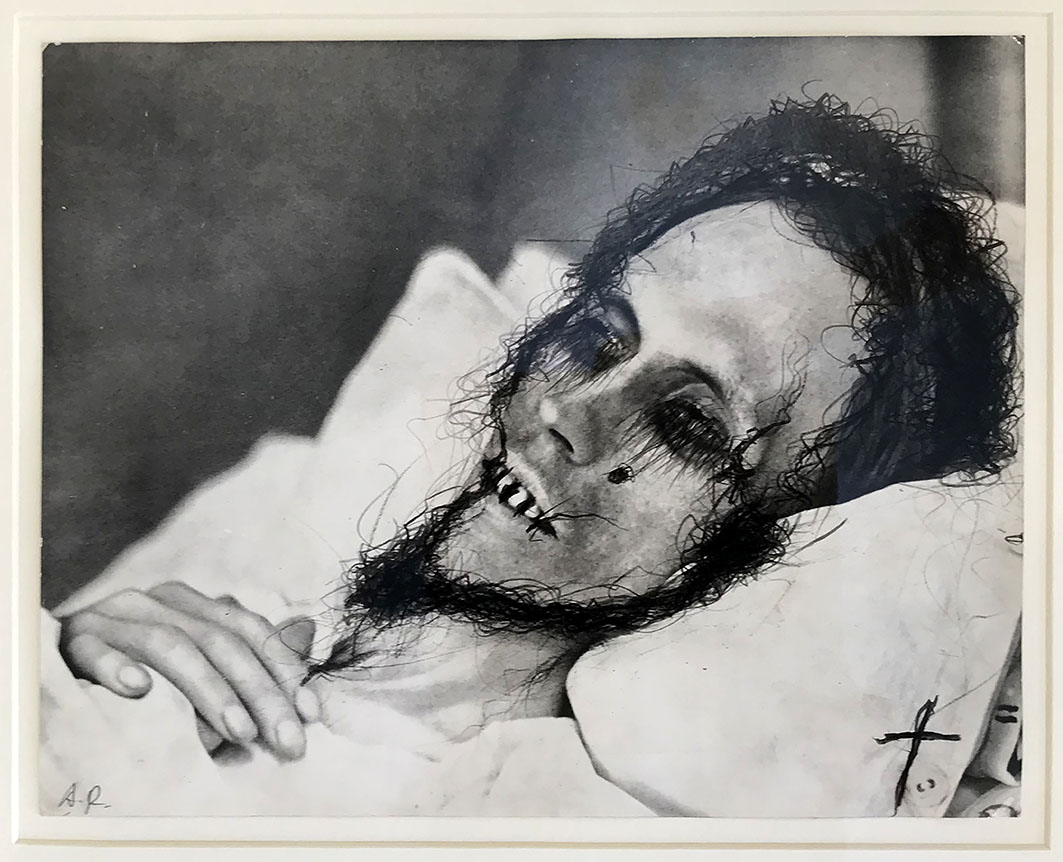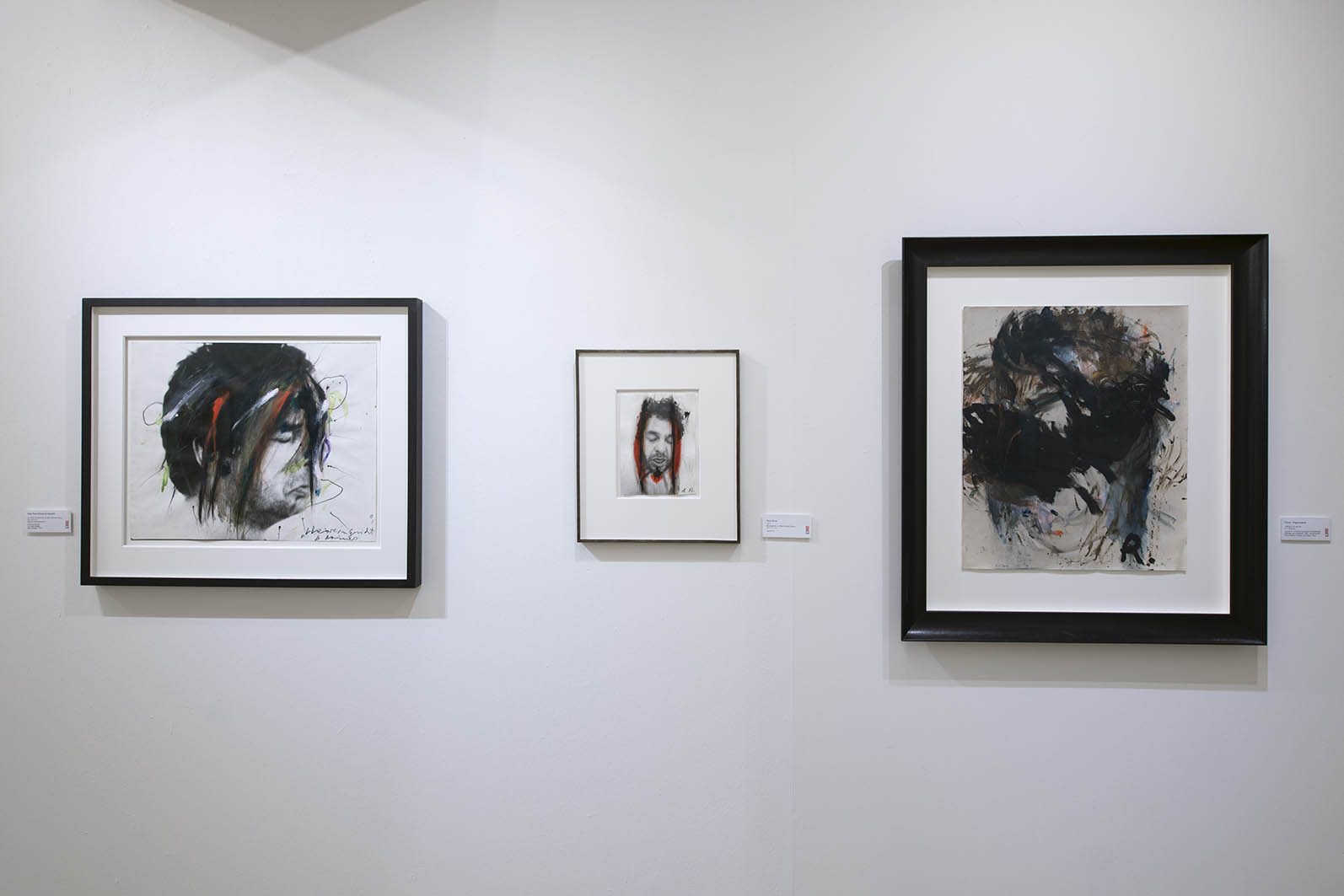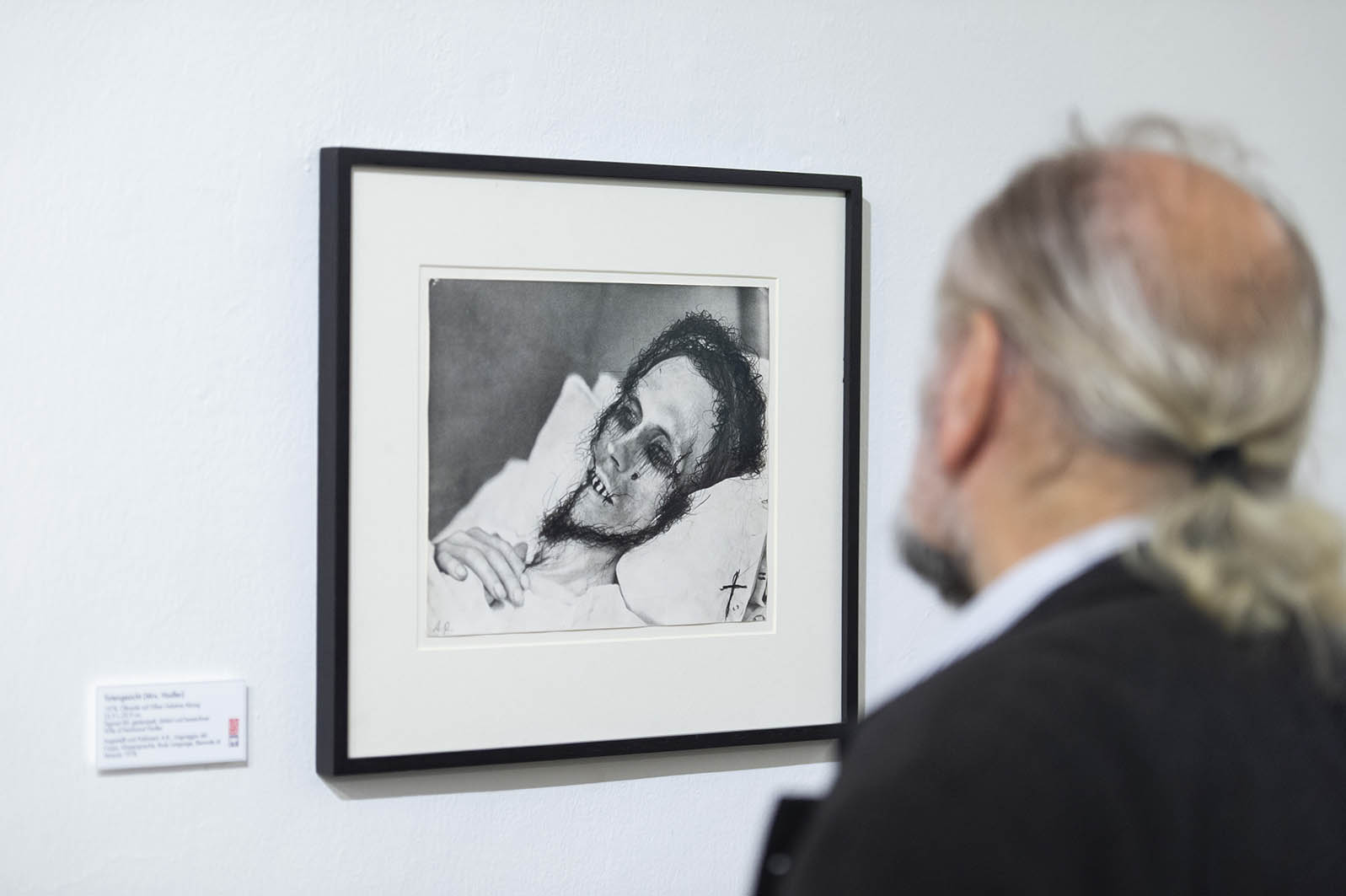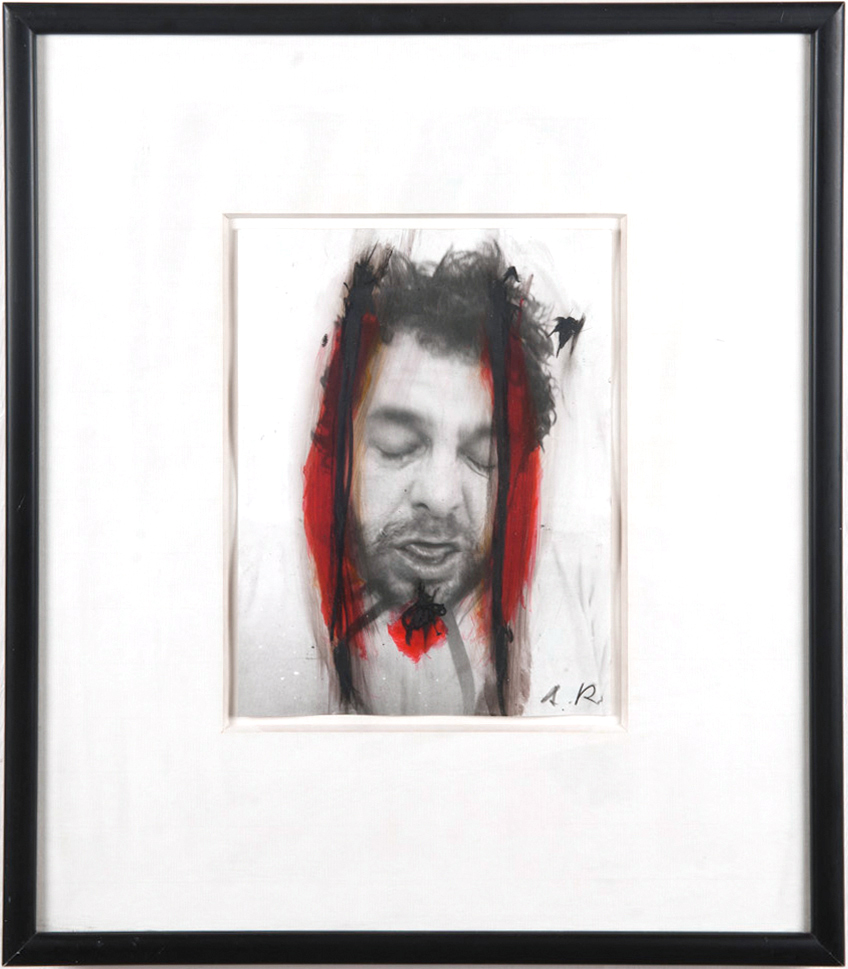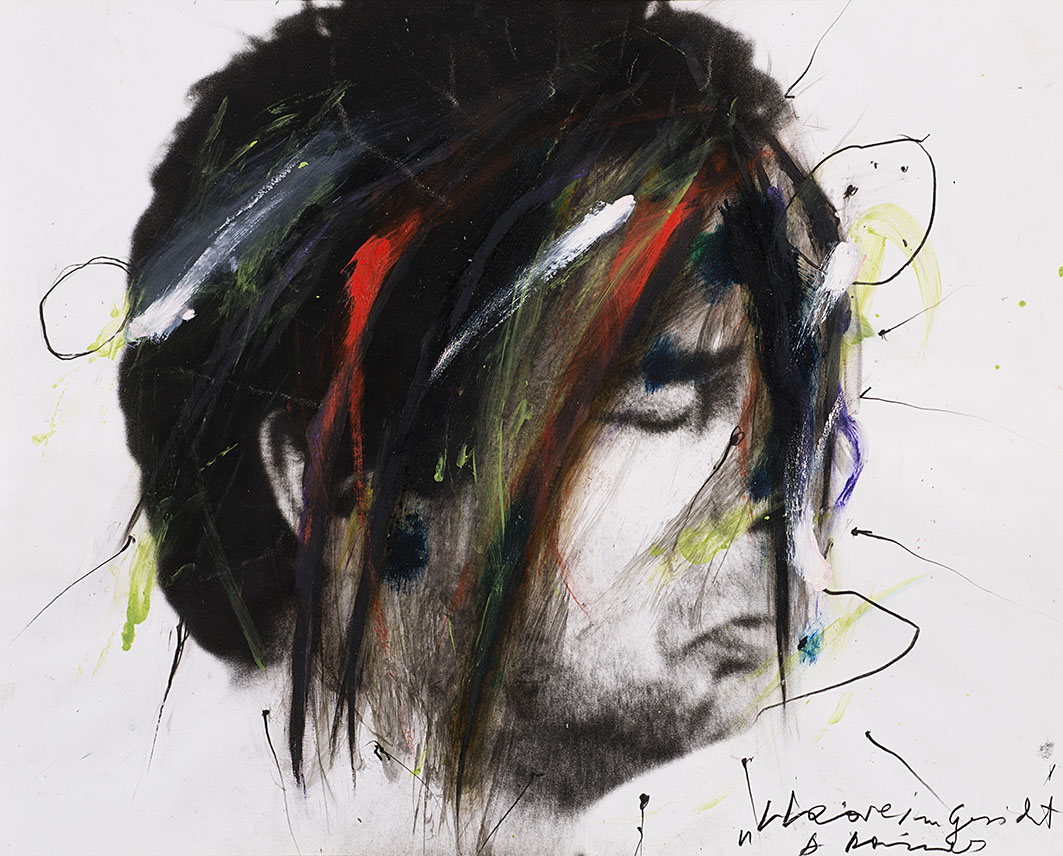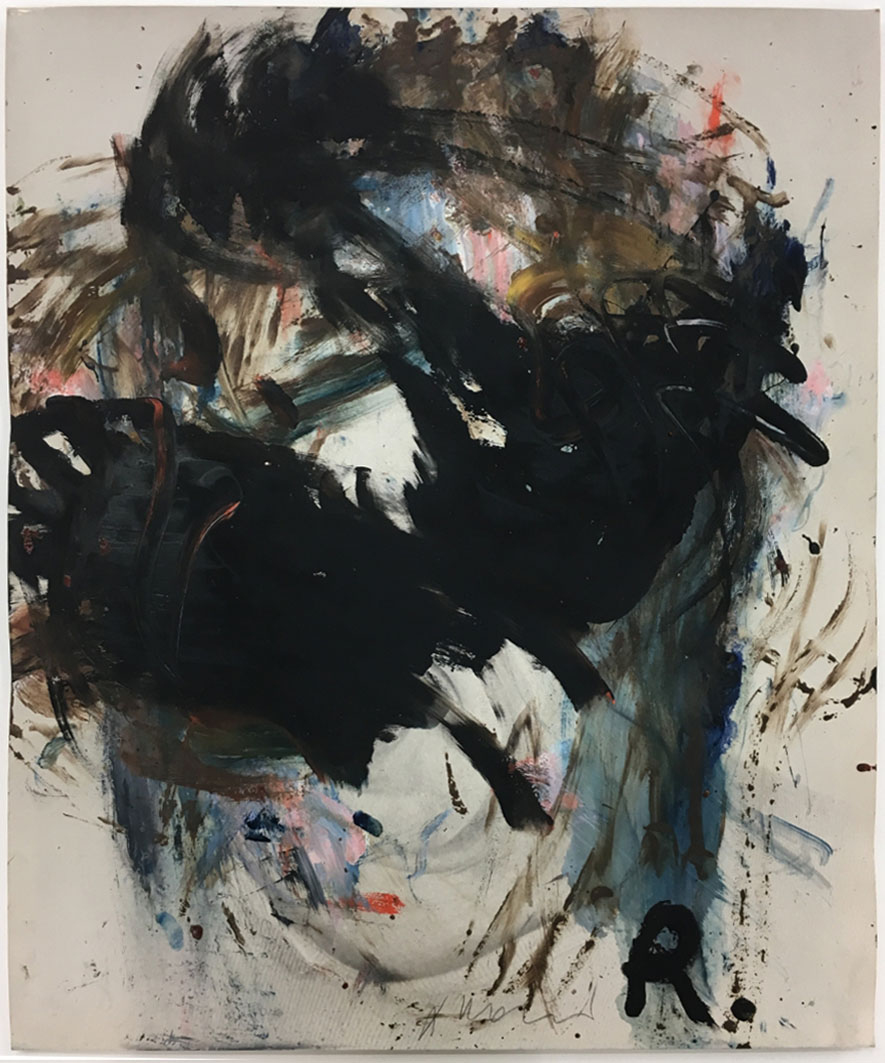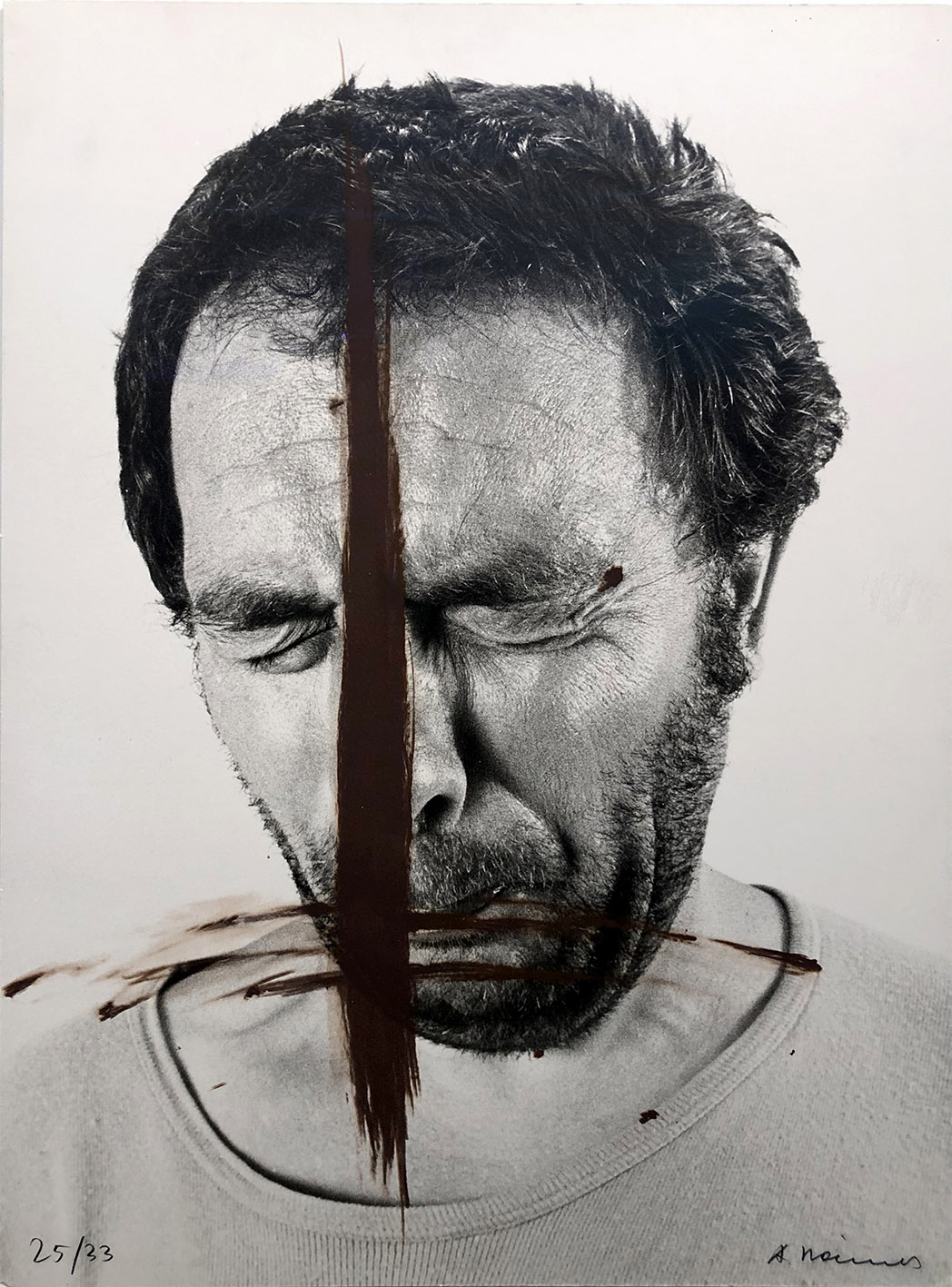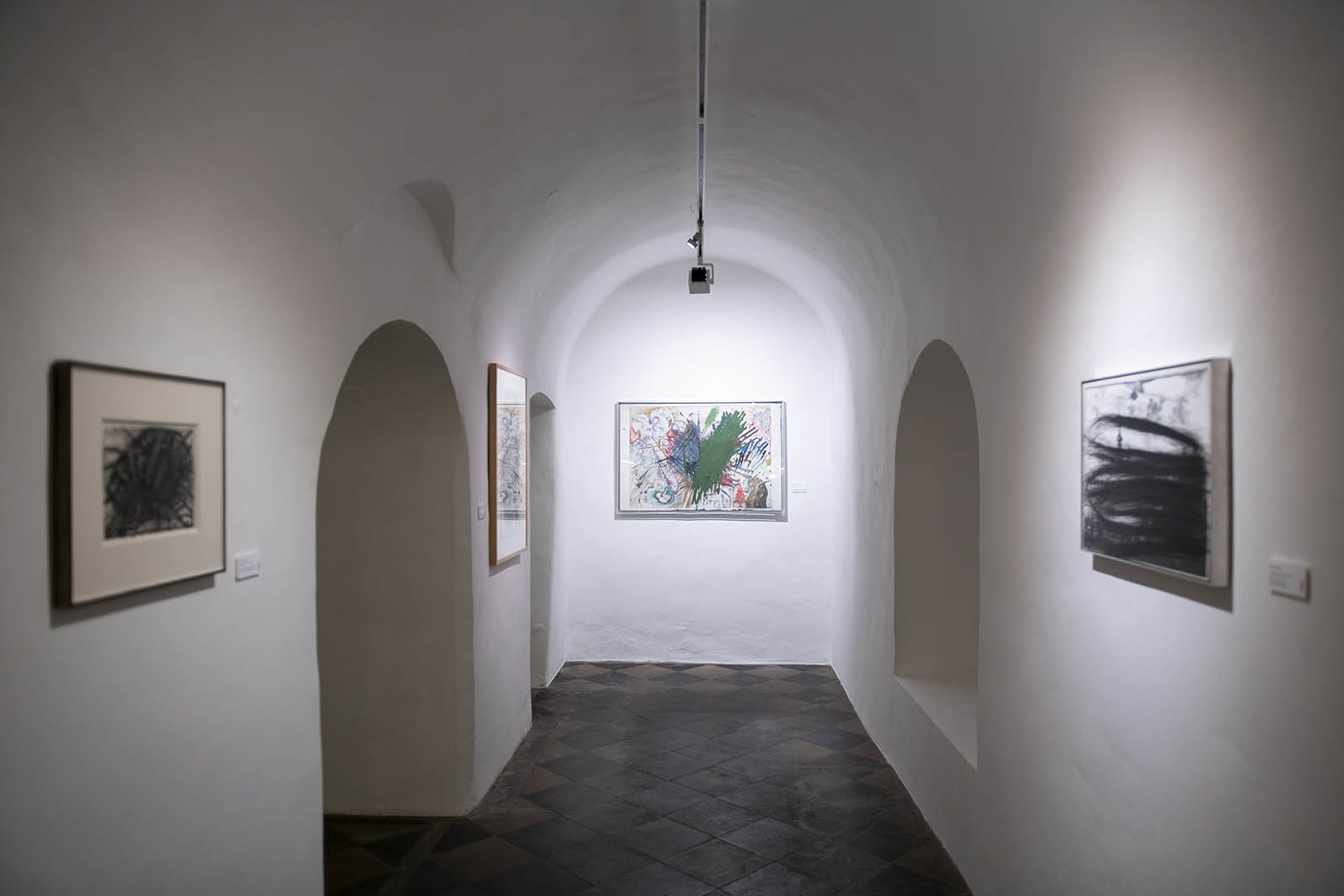OPENING Monday 23rd of September 2019, 7 Pm
Hauptplatz 6, Graz
INTRODUCTION Günther Holler-Schuster
Exhibition until 18th of October 2019
EXHIBITION EXTENDED UNTIL THE END OF OCTOBER
To mark Arnulf Rainer’s 90th birthday, Reinisch Contemporary offers a small but representative insight into the work of one of Austria’s greatest artists. His work has had a revolutionary impact in many fields and manifests itself in a dense network of references. Rainer has been vehement and ruthless in his approach towards art history, artistic conventions and, ultimately, towards himself as an artist. His immediate life impulse seems to transfer itself to the image, to fill it out and gradually to conceal it. Rainer’s work assumes a monumental significance within the development of art in Austria. Starting from automatic techniques of surrealism and art informel during the immediate post-war period, his diverse exploration of art has also extended to performative confrontations with a primary focus on the body. His work, unlike almost any other, connects the most essential currents of the post-war avant-garde on the threshold between image and departure from the image. Rainer, however, does not want to depart from painting in order to achieve closeness to real life. Society is not his goal; only art is. He wants to find a form of painting that corresponds to contemporary basic experiences, an approach towards painting that questions its own relevance in the face of a changing present.
The resulting methods –overpainting and overdrawing his works and those of others – explore the possibilities of painting in terms of performativity. Painting as a process, as a slow meditation reminiscent of a litany, but also as an impulsive, expressive act of aggression, and ultimately of destruction. “When I draw, I become very heated, I talk to myself, I’m filled with rage and anger. I hate the world and I insult lots of people. I feel completely dissatisfied, even with myself.” Thus, brush strokes become blows, lines turn into cuts and dots morph into stabs. When the artist uses his hand to apply the paint straight to the surface, he beats it at the same time. The image becomes the testimony of a process. The latter, in turn, becomes the “rape and murder” of art.
At this moment, the painter finds himself in the complex process of detaching the specific work from his own person. He also sometimes returns to the “crime scene” for years at a time and lends a temporal dimension to the work by picking up on the process again. In graphic art, which he does not understand as a by-product, it is the moving informal line that determines the design. The incessantly re-applied line, the resulting tangle of “scratches” and “injuries”, condense into an expanse. In it, he associates formal principles, possibilities of content – mountains, landscapes, holes, a belly, a profile, a black sun – that have resulted from the work process. Rainer often takes existing images as the subject for artistic revision. In the process, he accentuates and corrects them: he enhances them with new levels of meaning. At the end of the 1970s, he was interested in death masks as a presentation of the final manifestation of human expressivity. Rainer intensifies the facial expression of the dead through the act of painting. He seems to struggle with the fact of obliteration in order to simultaneously enable new life – to bring the dead person back to life, as it were, by binding him to our capacity for emotion. The act of painting is an expression of such an emotion.
Rainer had already begun to work on his self-portrayals in the 1950s. He captured them photographically, revised some of them at a later stage or left them as they were in front of the camera as a purely performative act. Here, spontaneous painterly gesture and body pose enter into a dialogue. The brush strokes and attacks of the artist’s pen seem to have less to do with the photo than with the painter himself. He maltreats the latter by lashing out at the image. Two levels of reality overlap in these “Face Farces”: that of painting and that of the photo – at an abstract and a realistic level. The result is an unsettling expression, a maximum degree of irritation. At the same time, however, the painterly gesture and the body gesture are condensed into a new entity, into a completely new context of meaning.
In his art, Rainer basically performs a balancing act between destruction and confirmation –
“Painting in order to depart from painting.”
Günther Holler-Schuster
